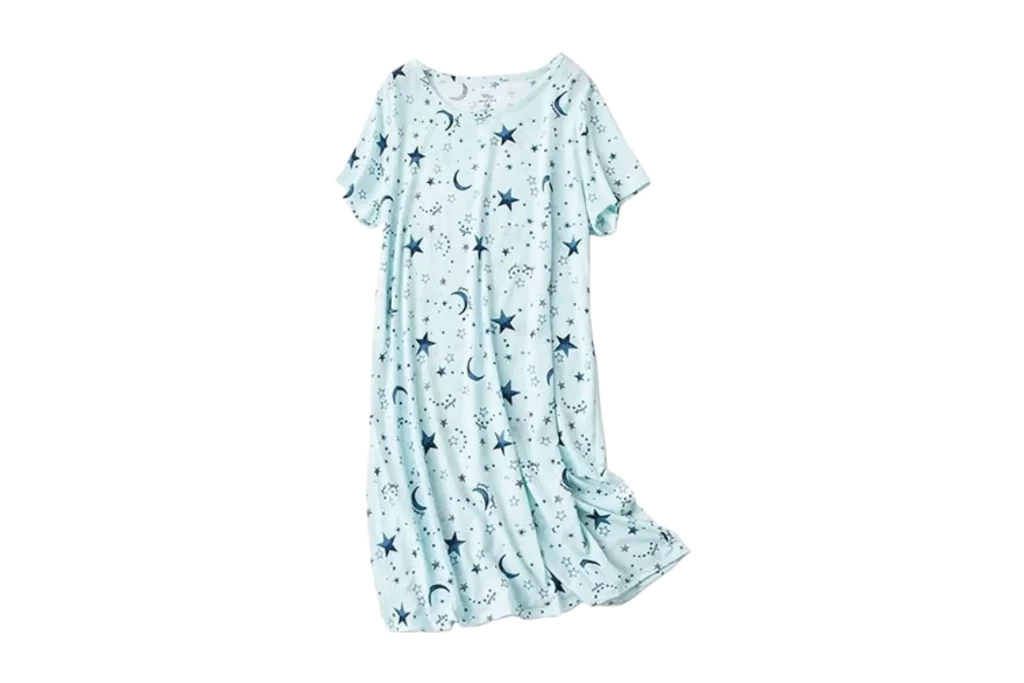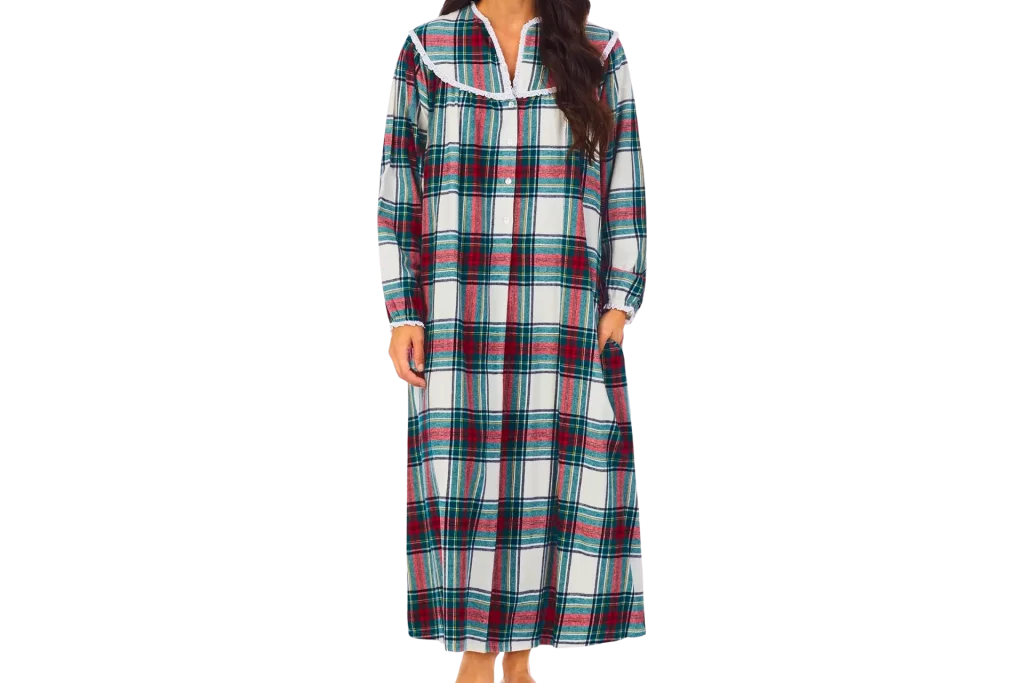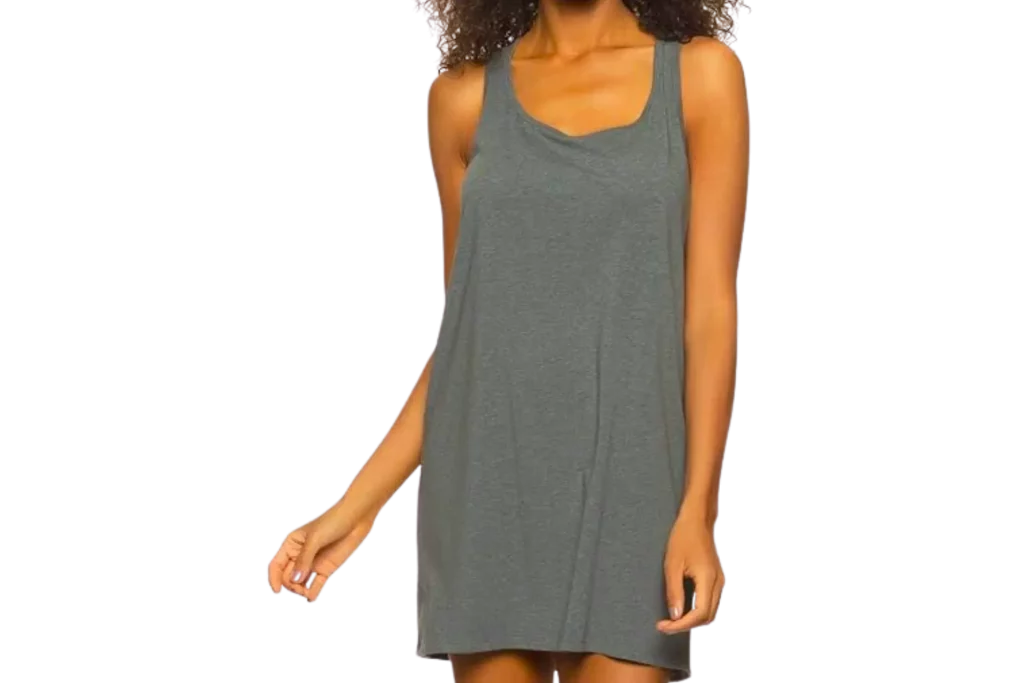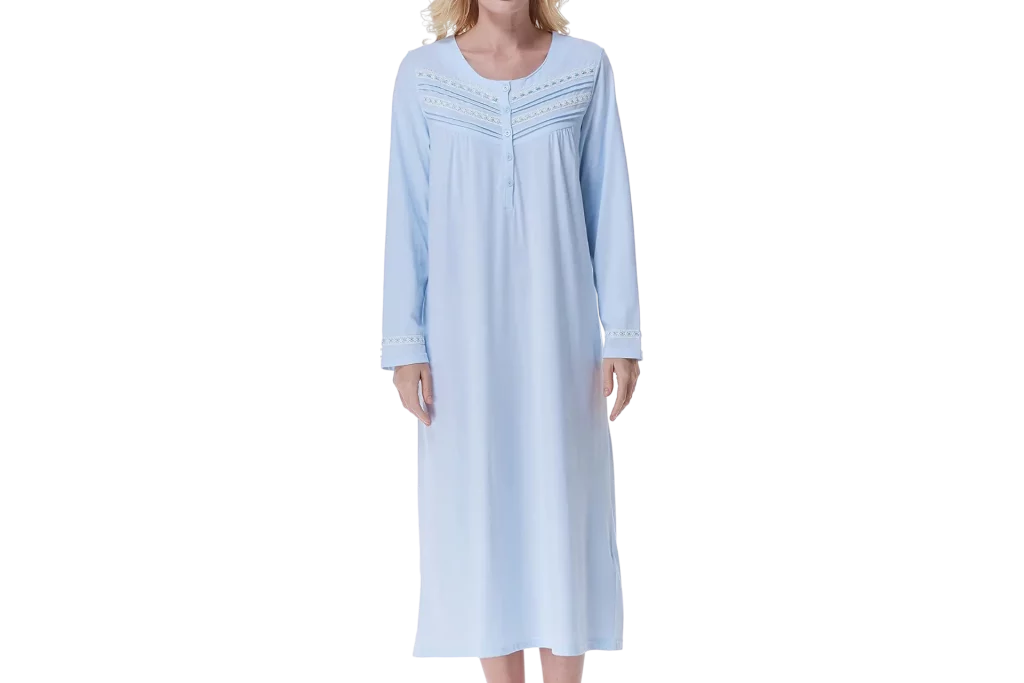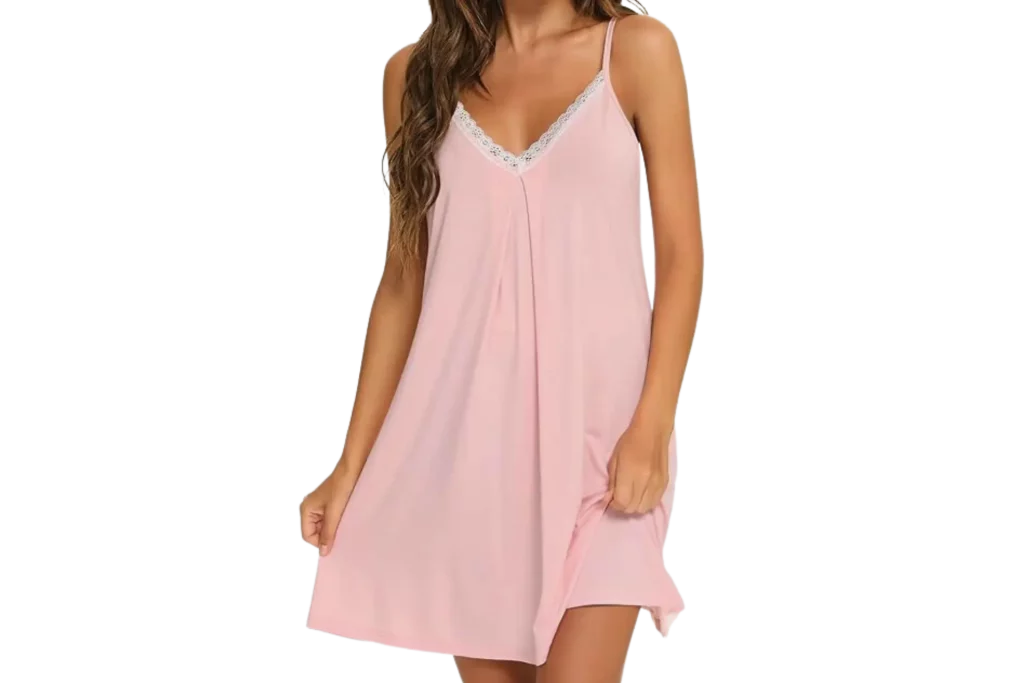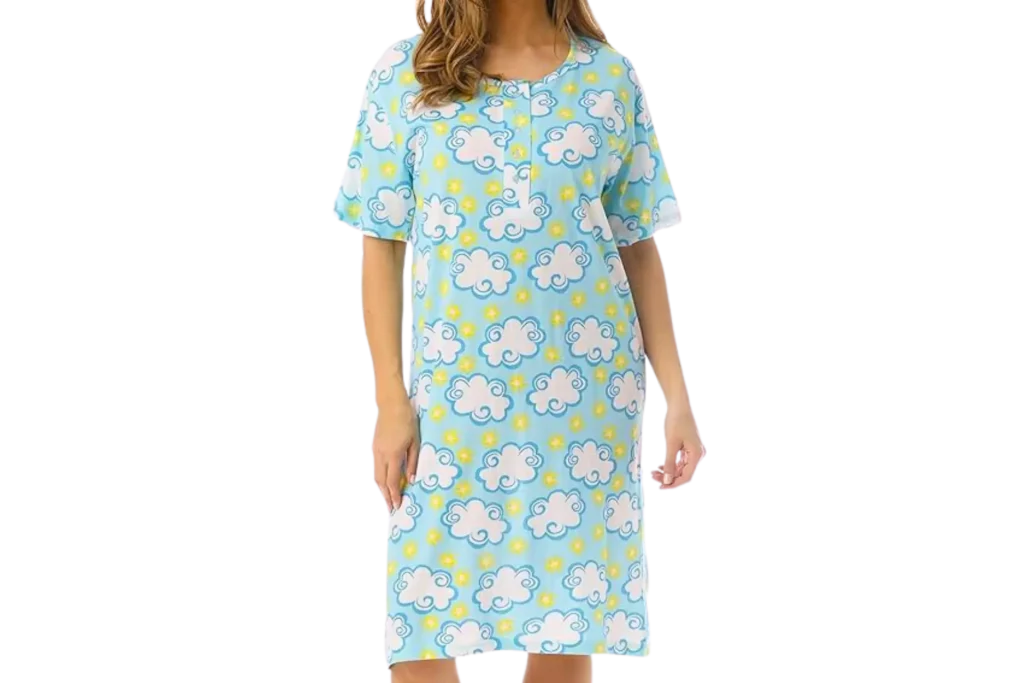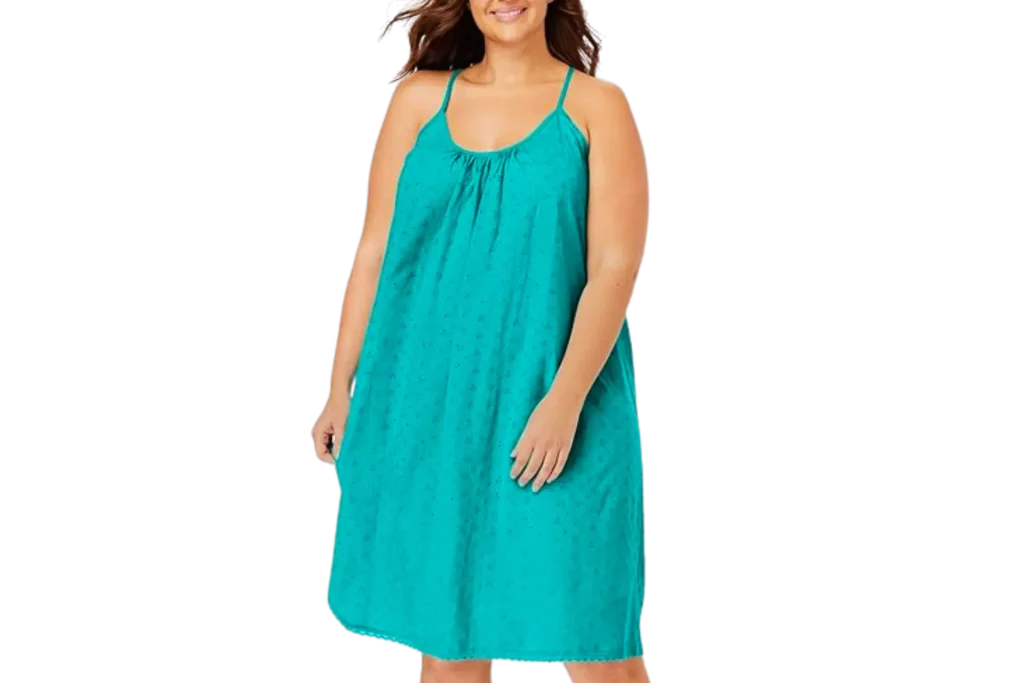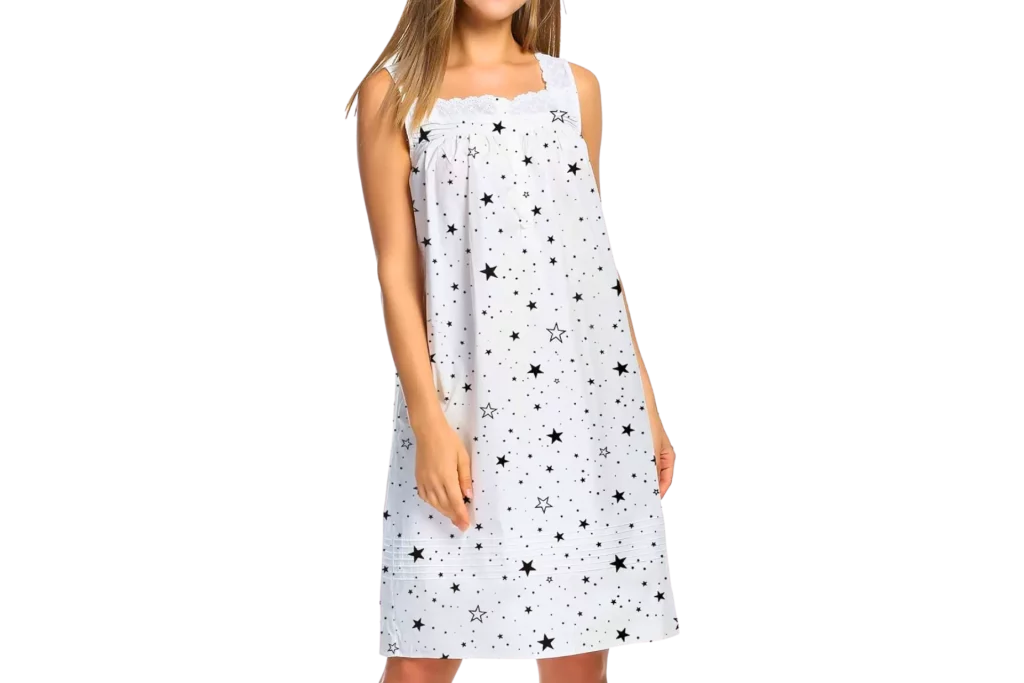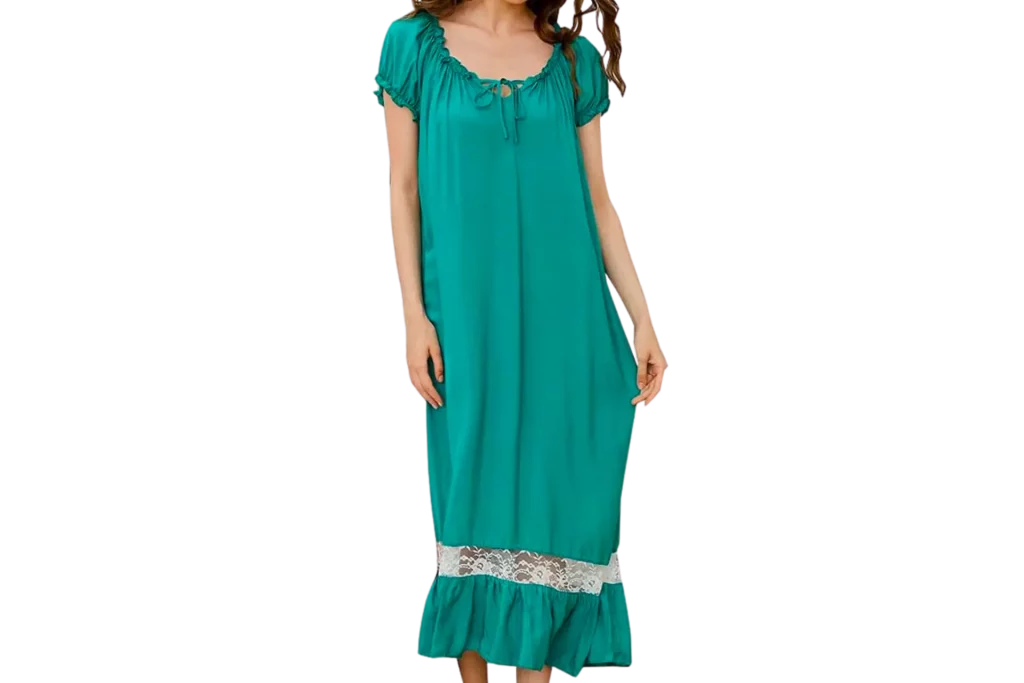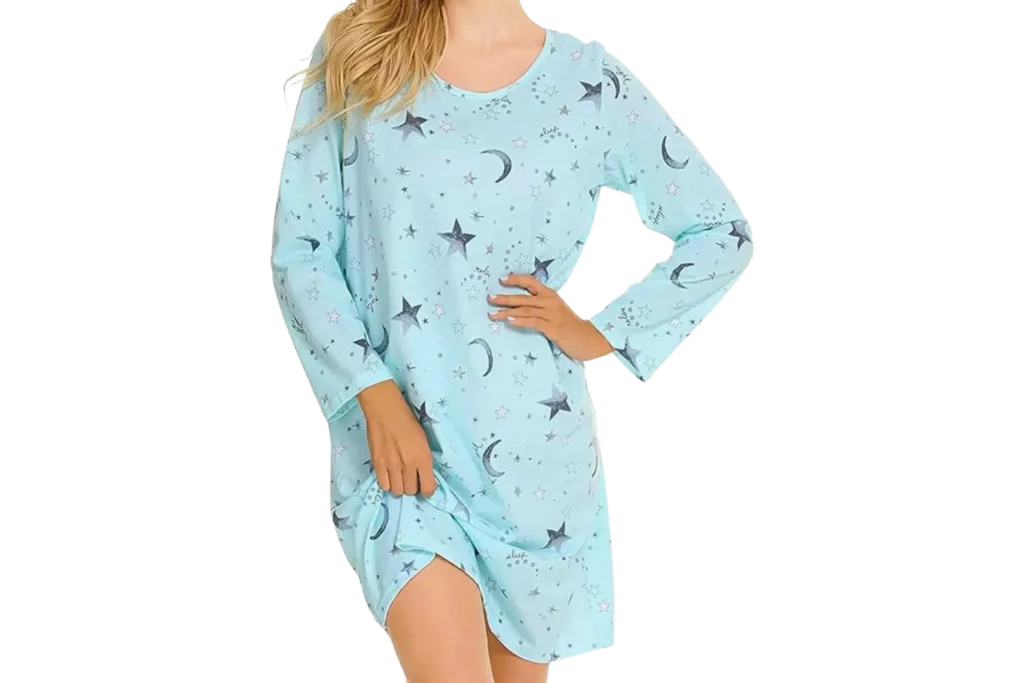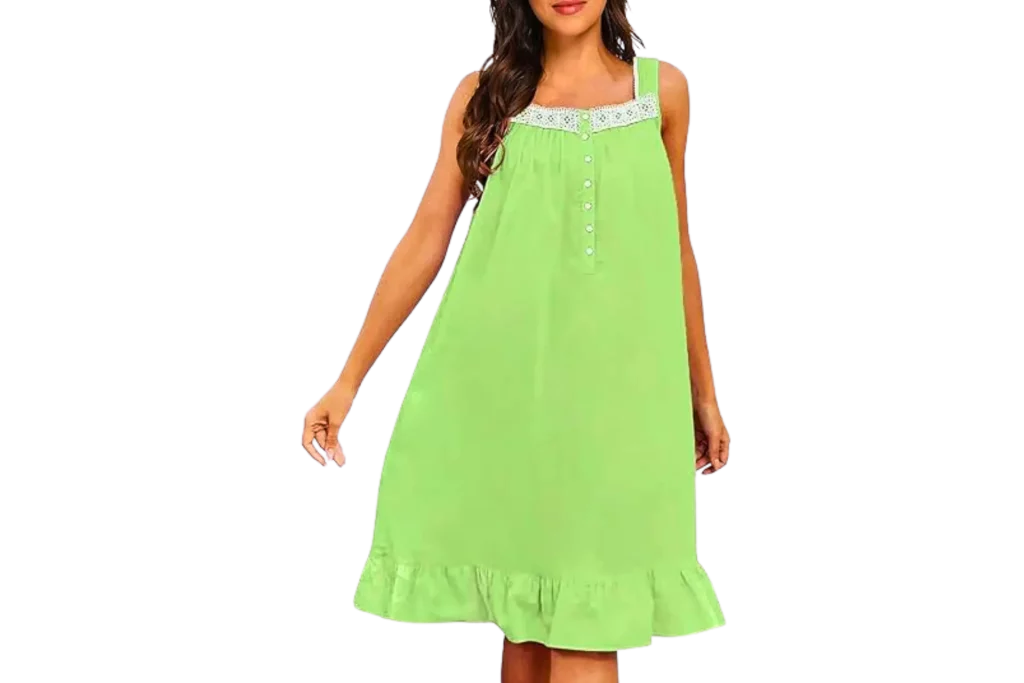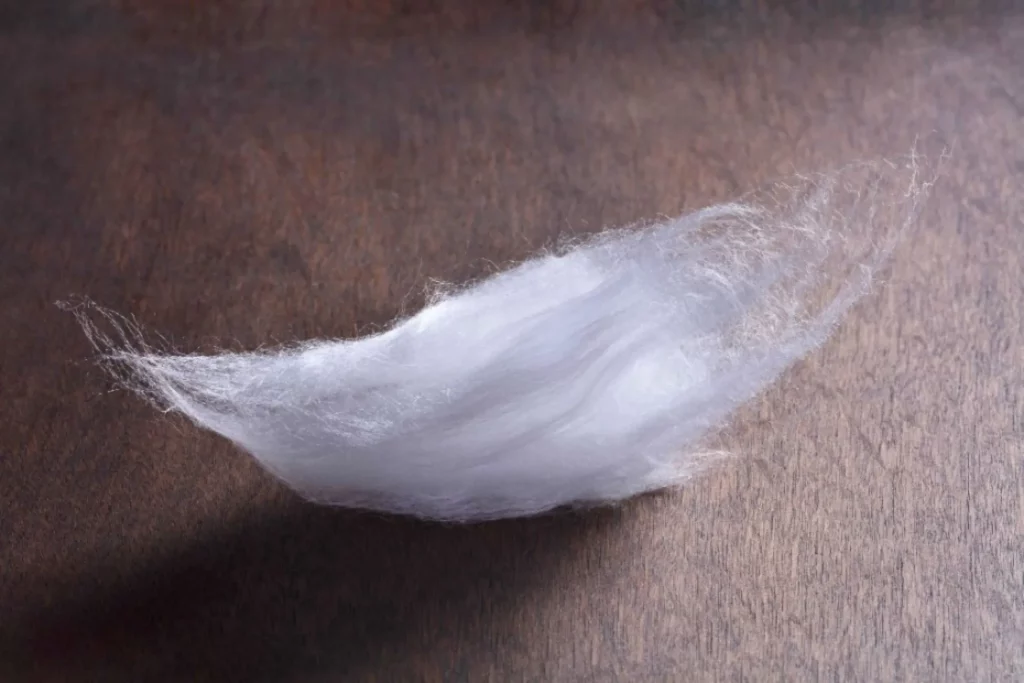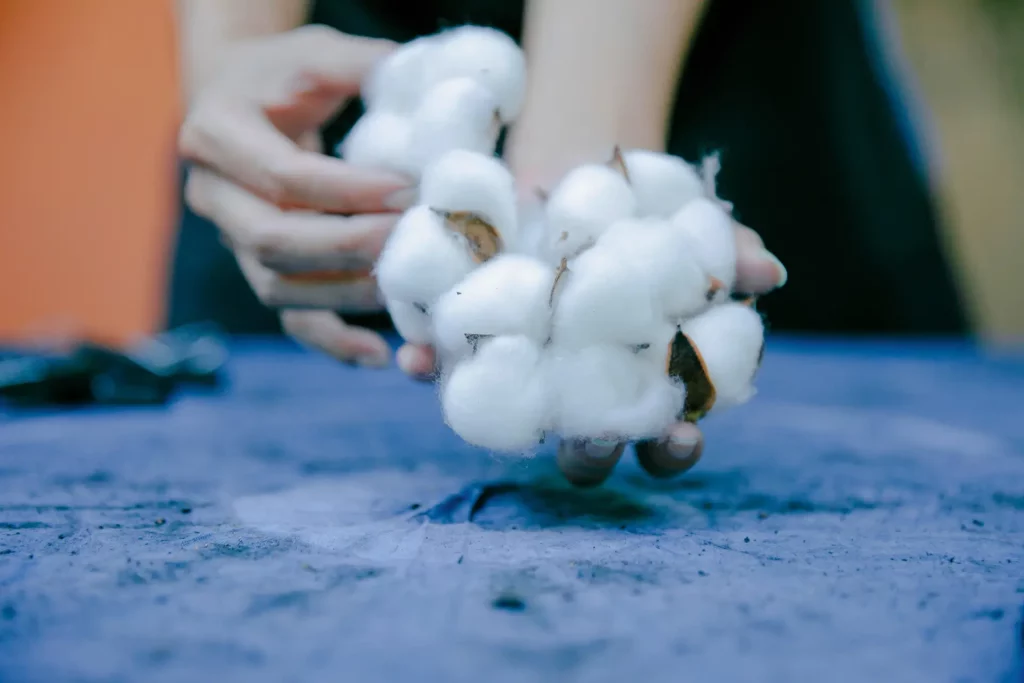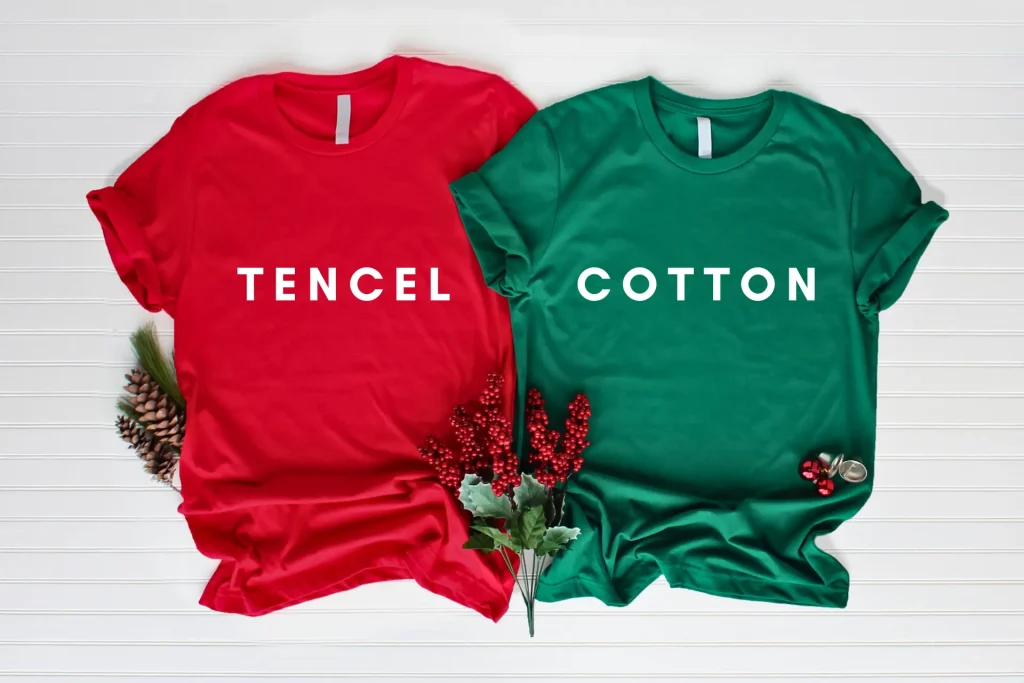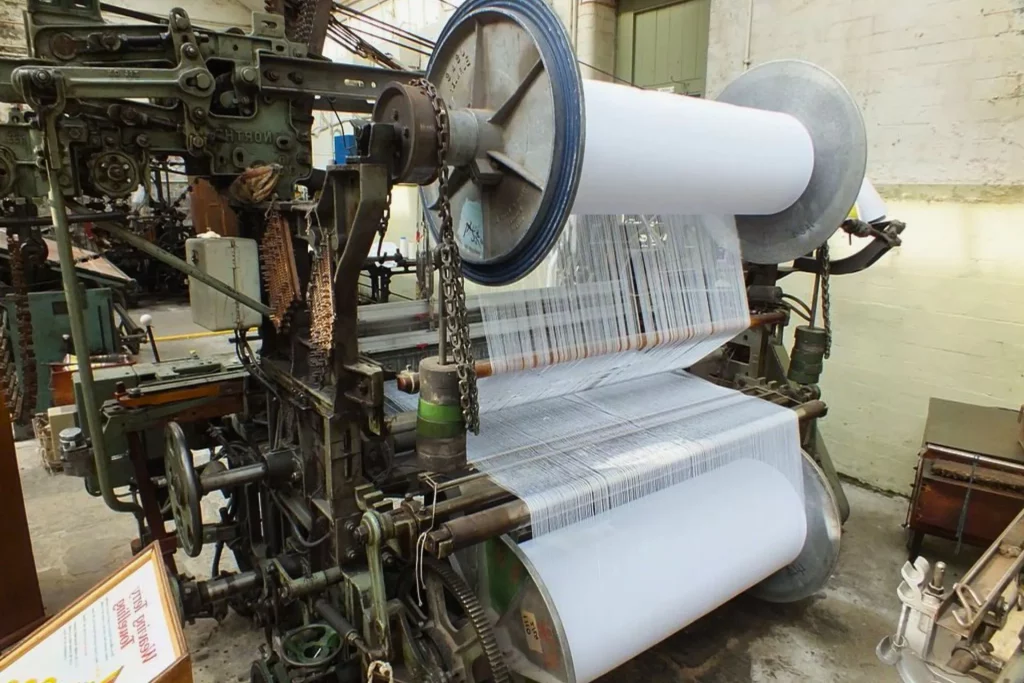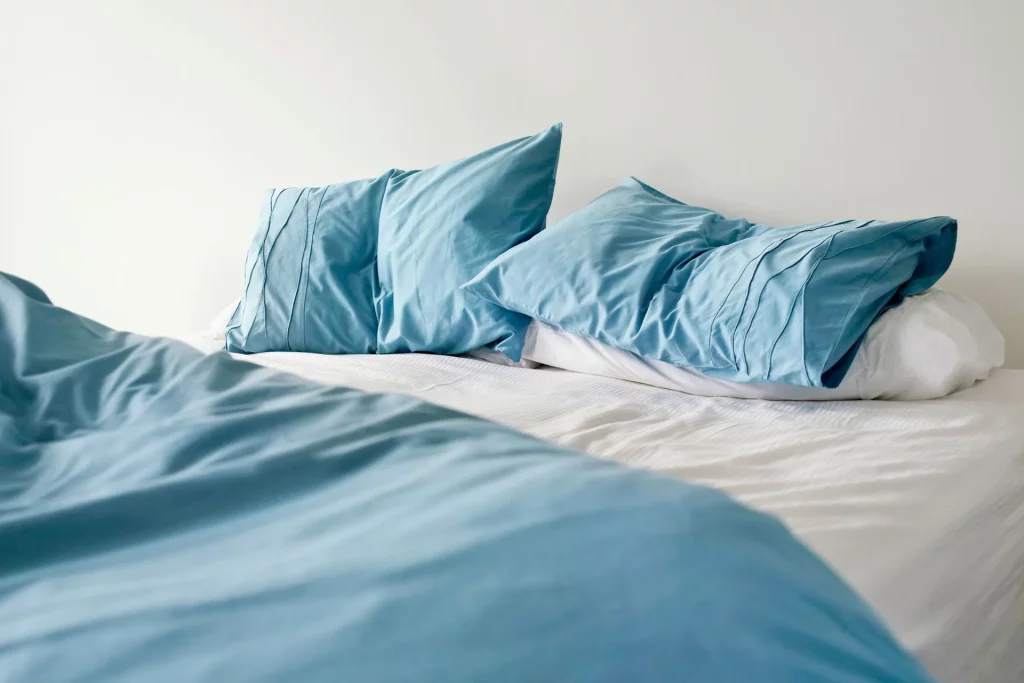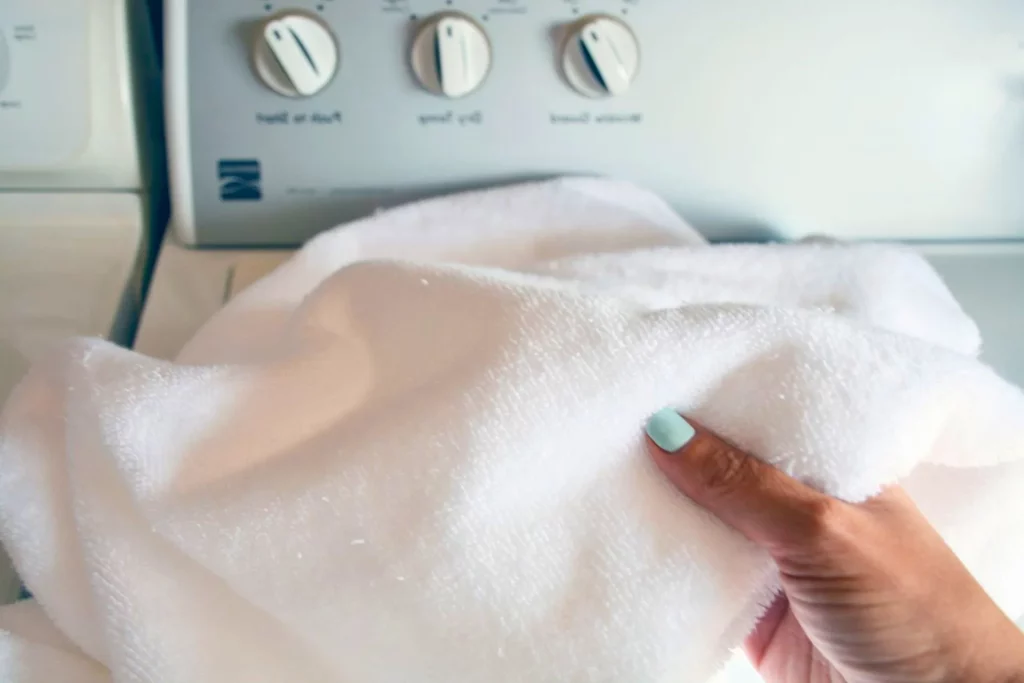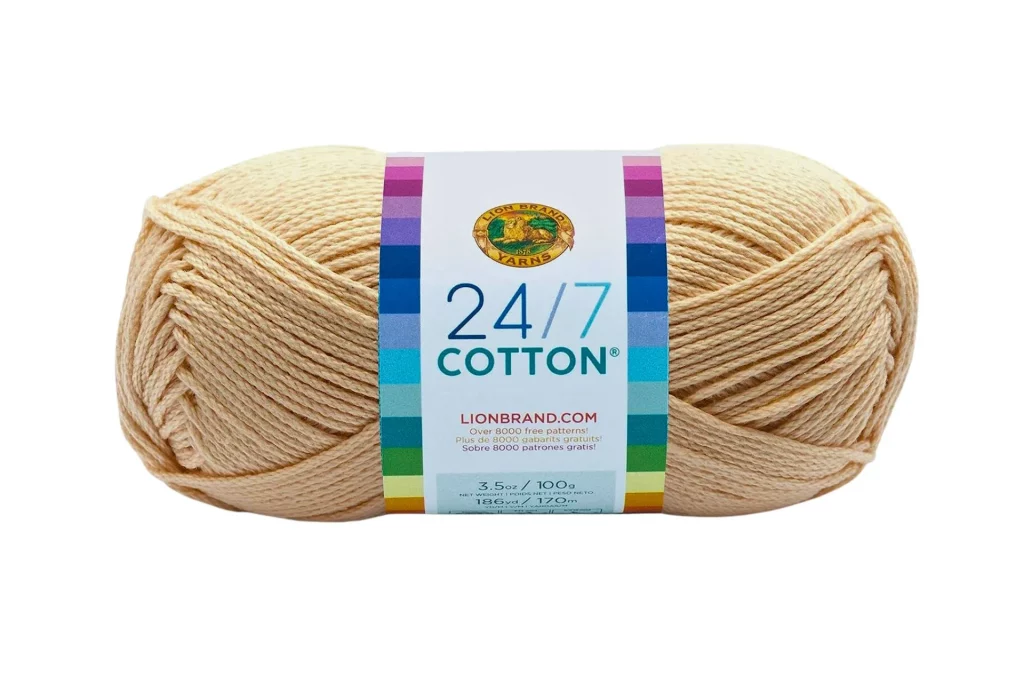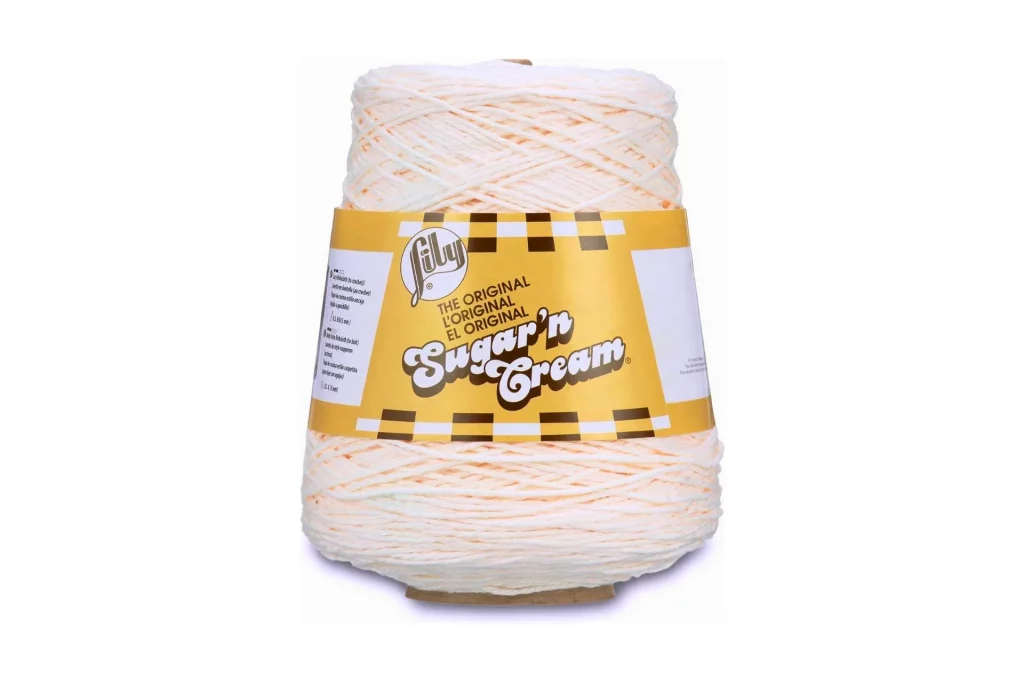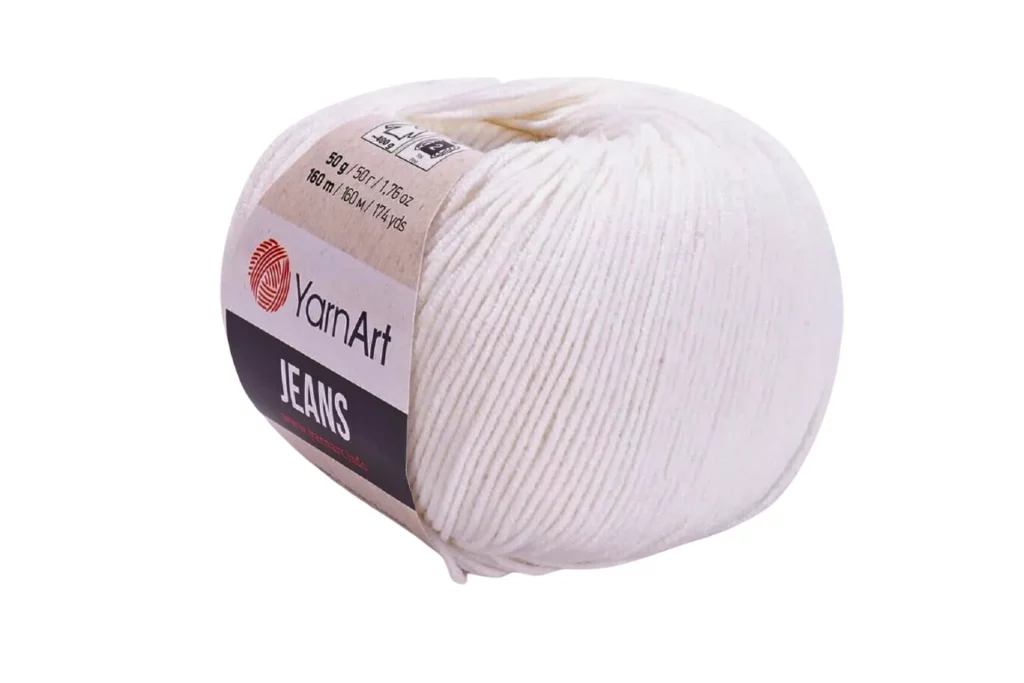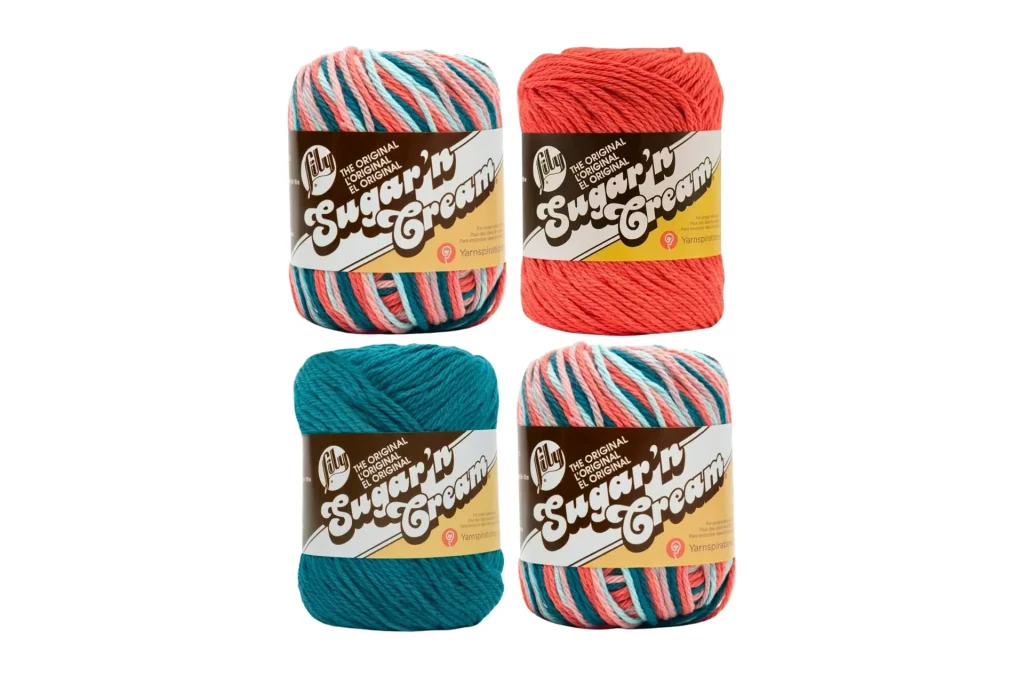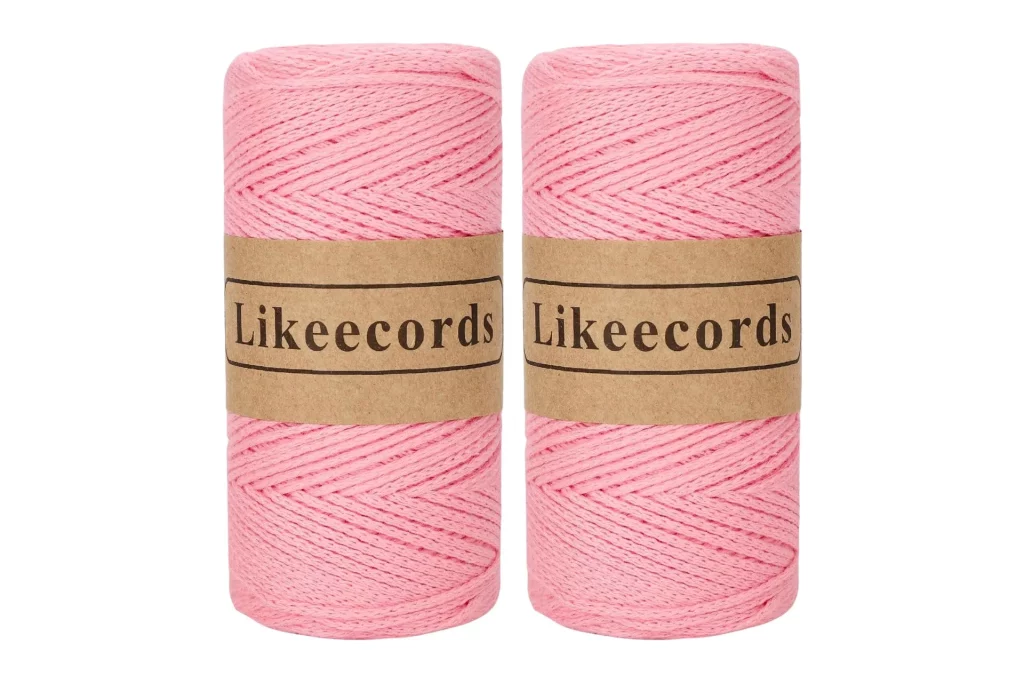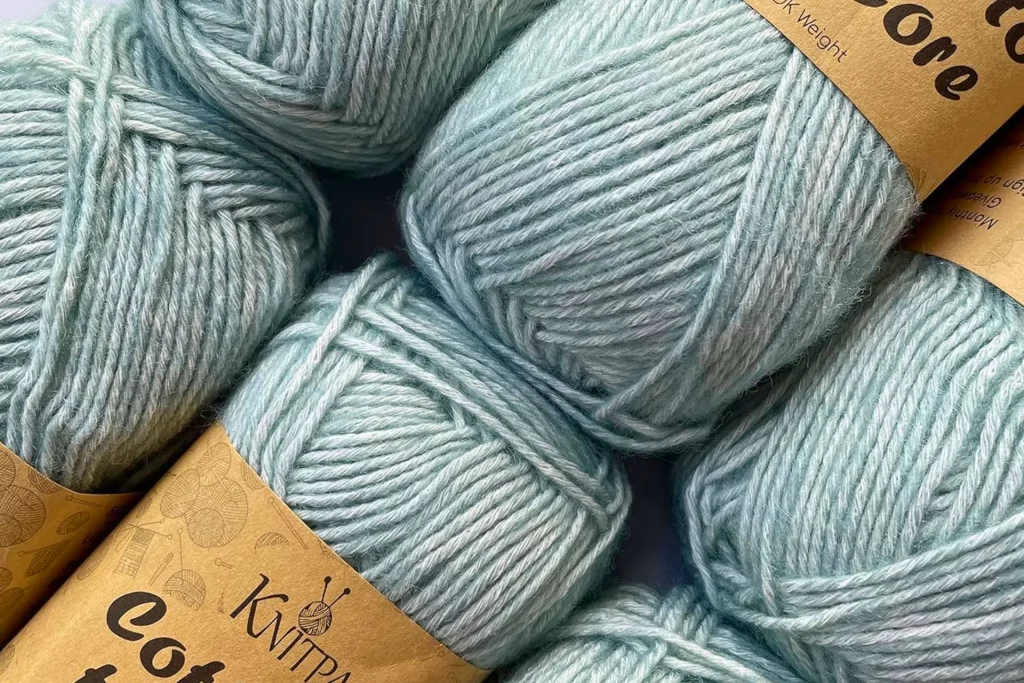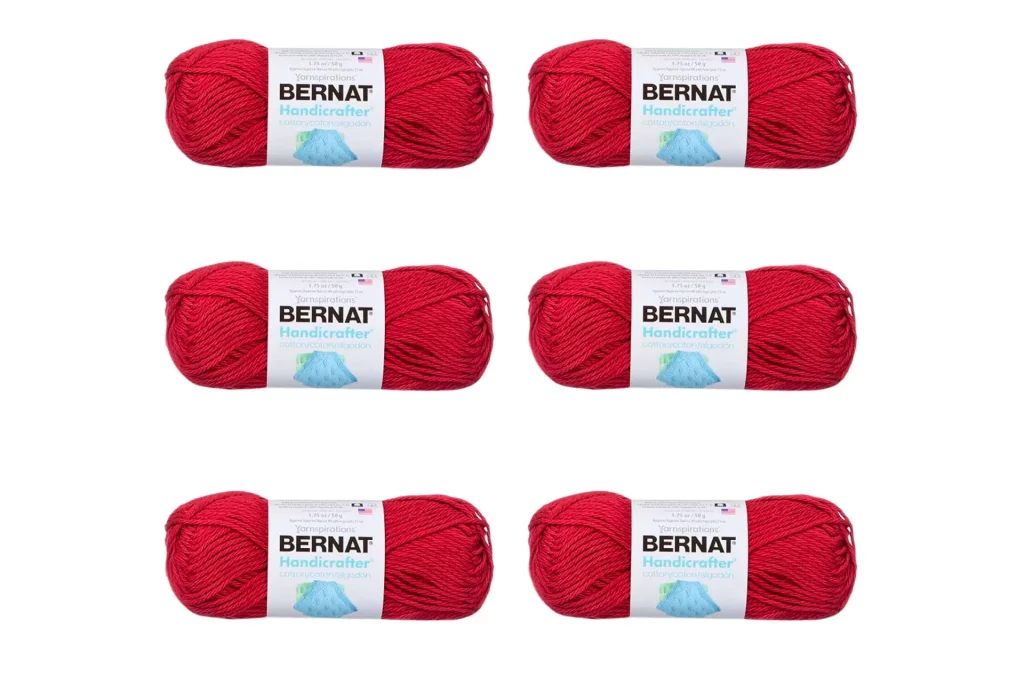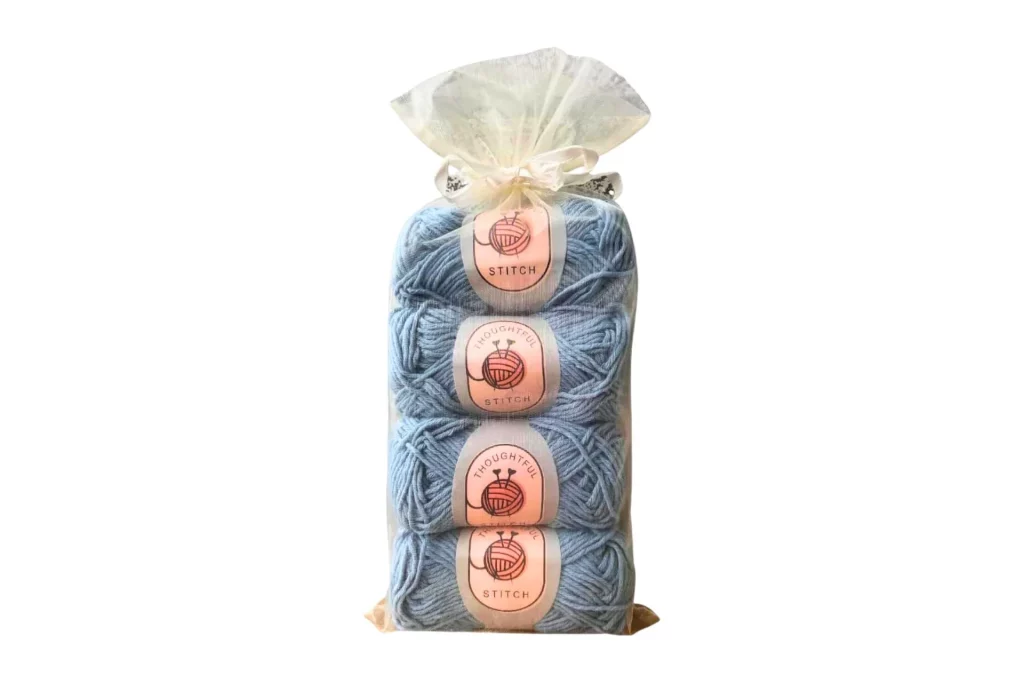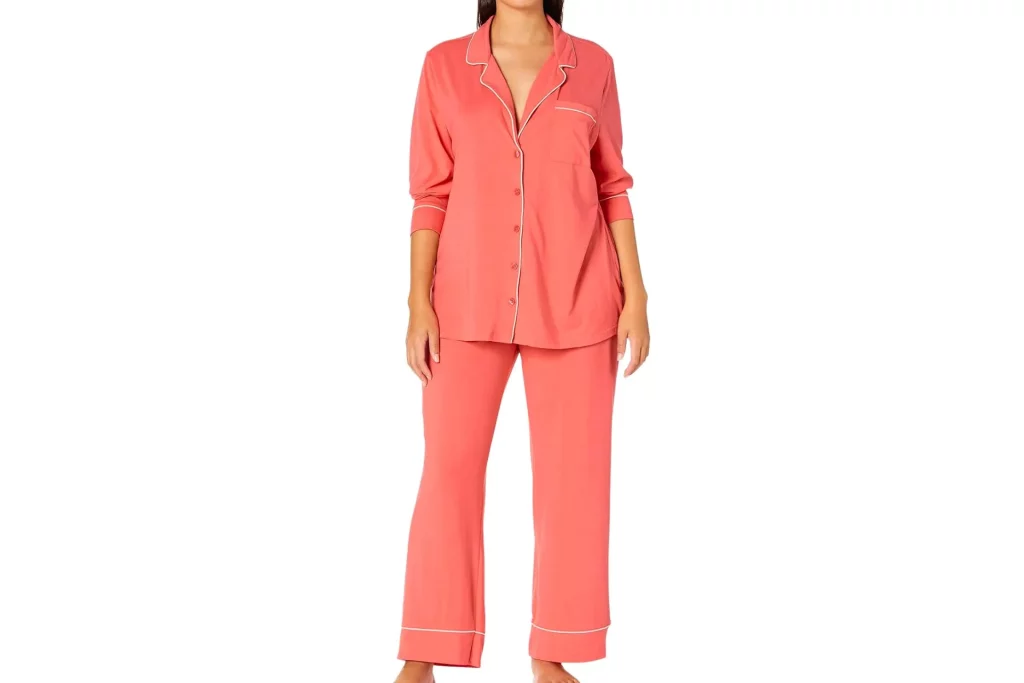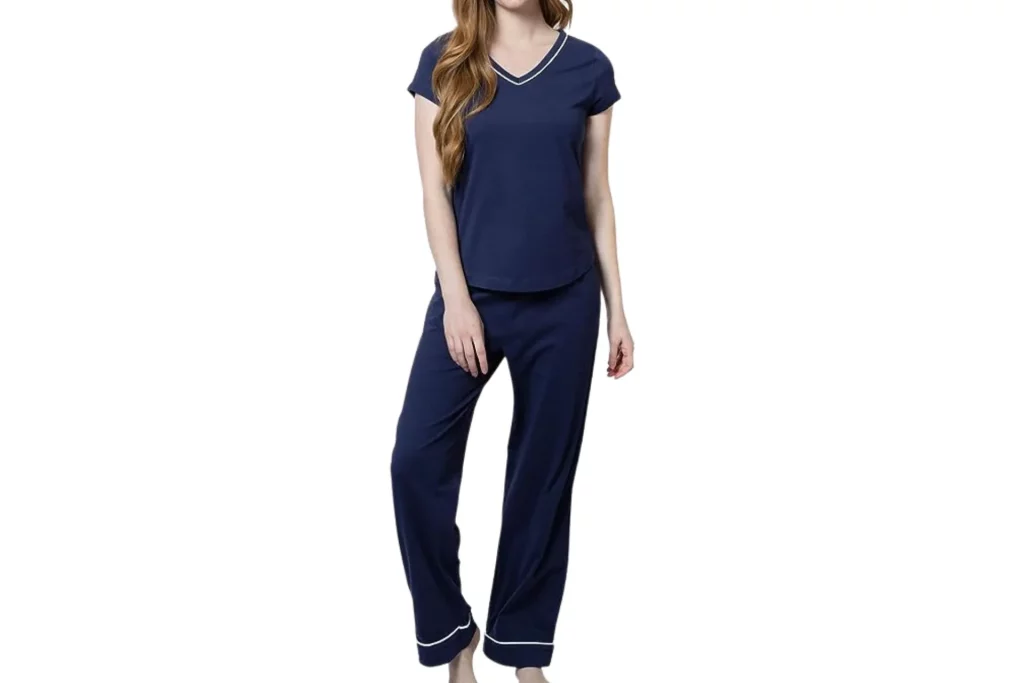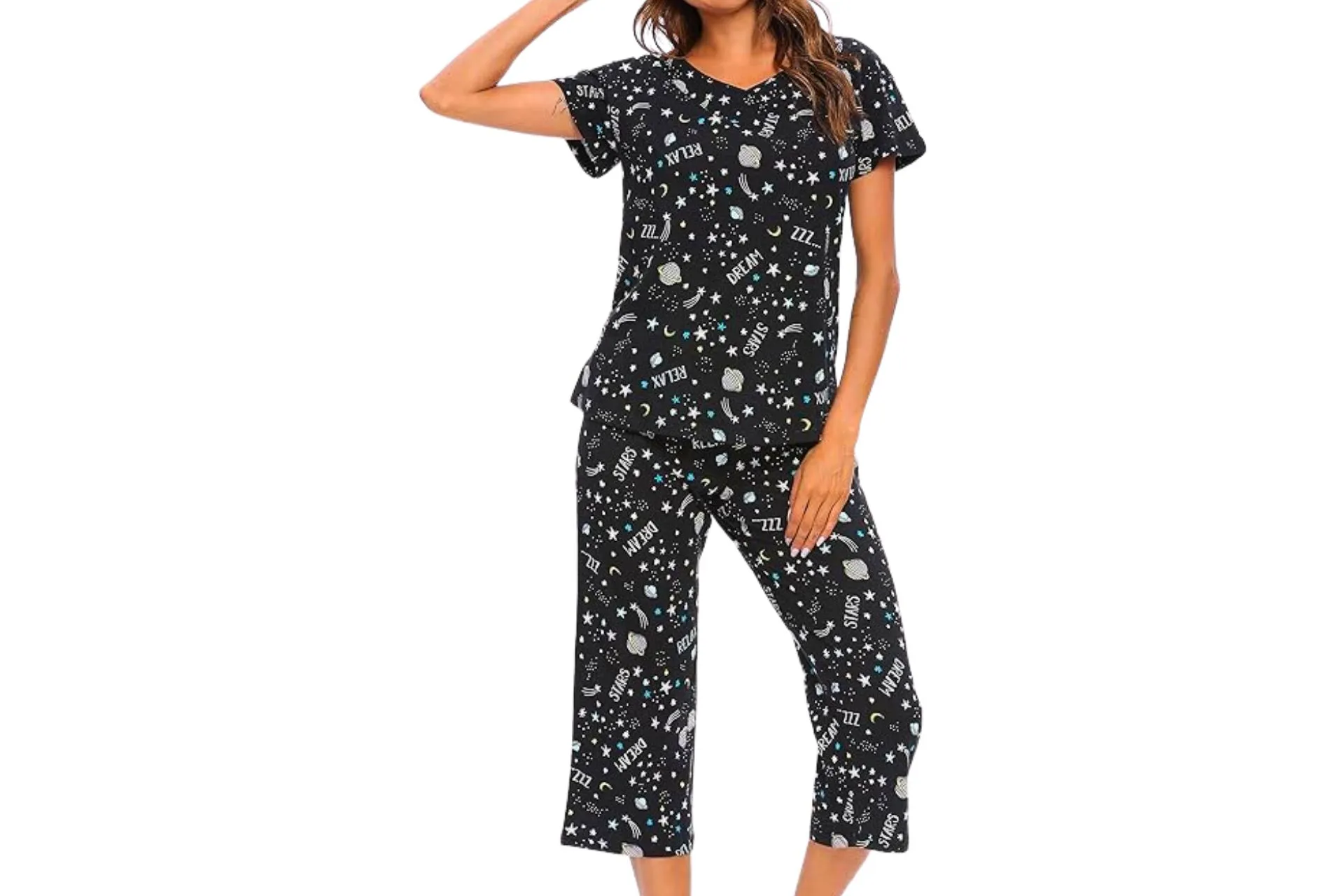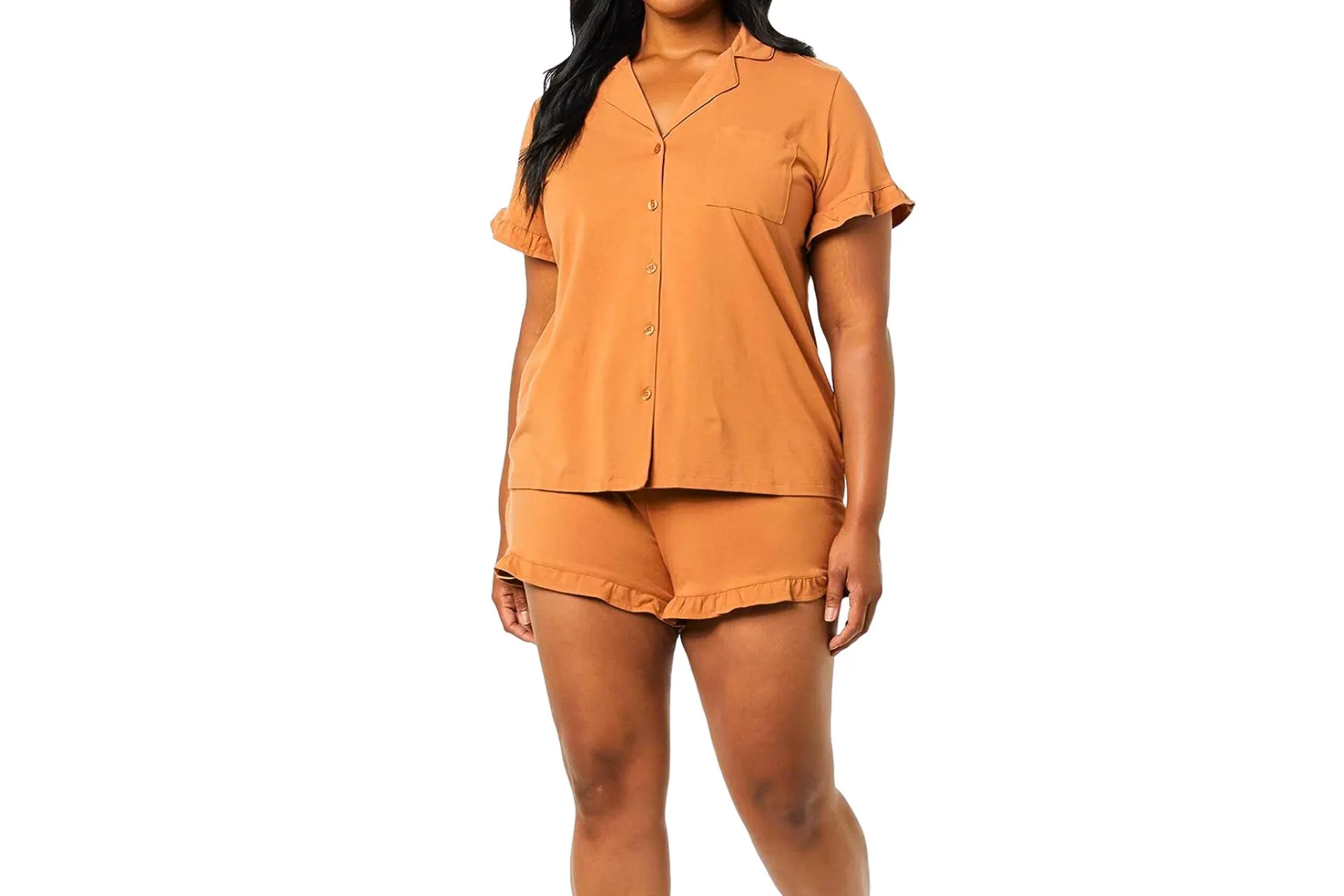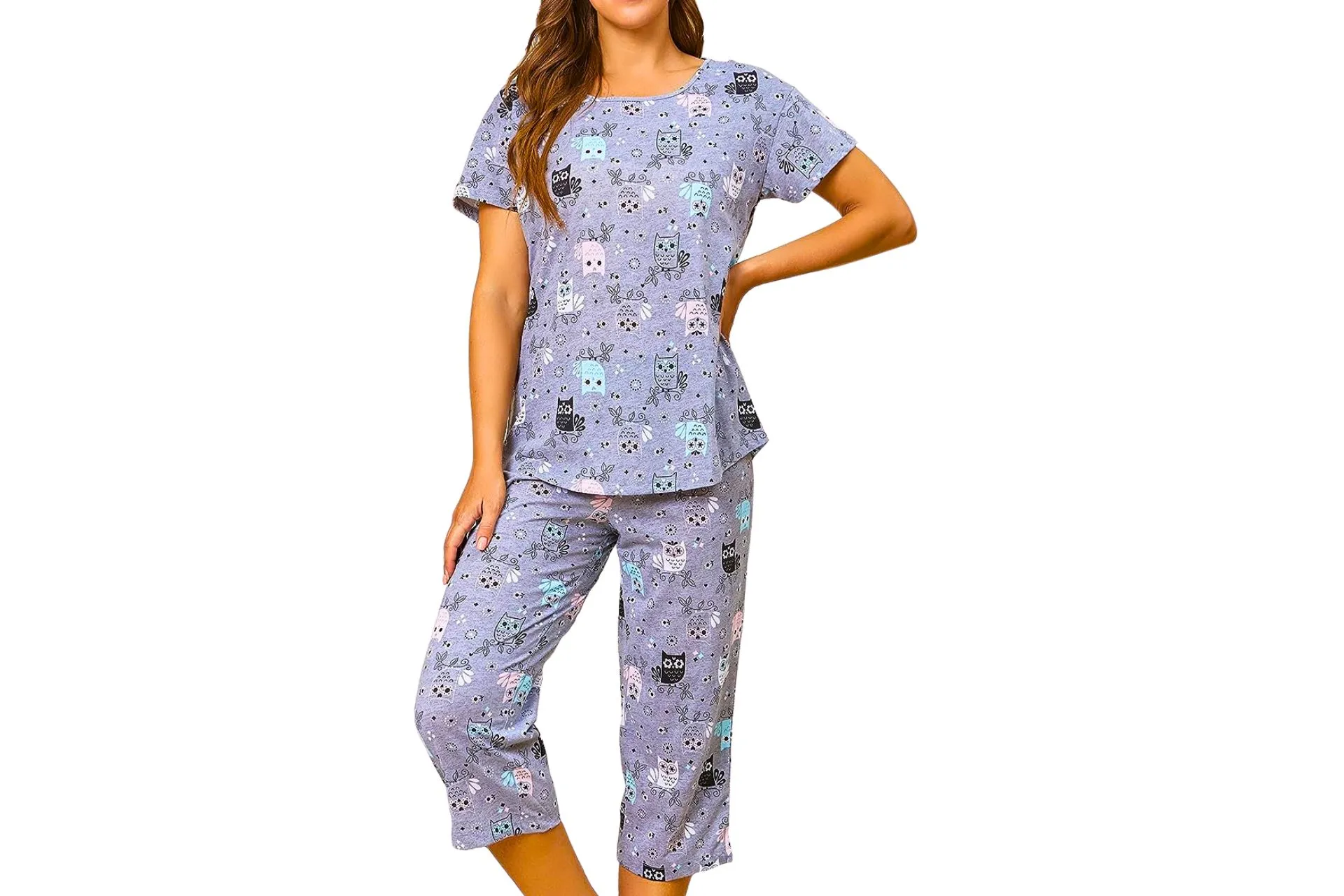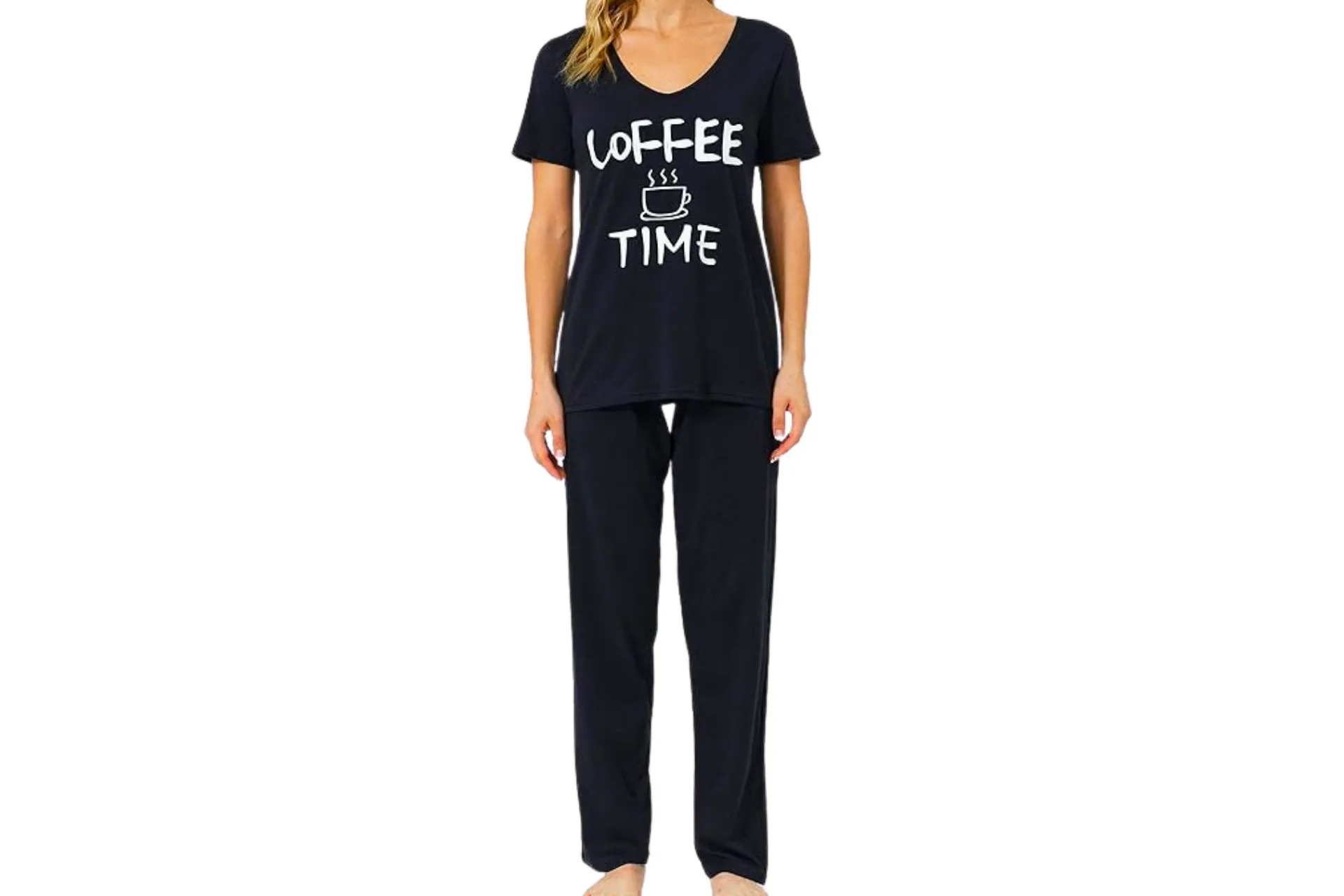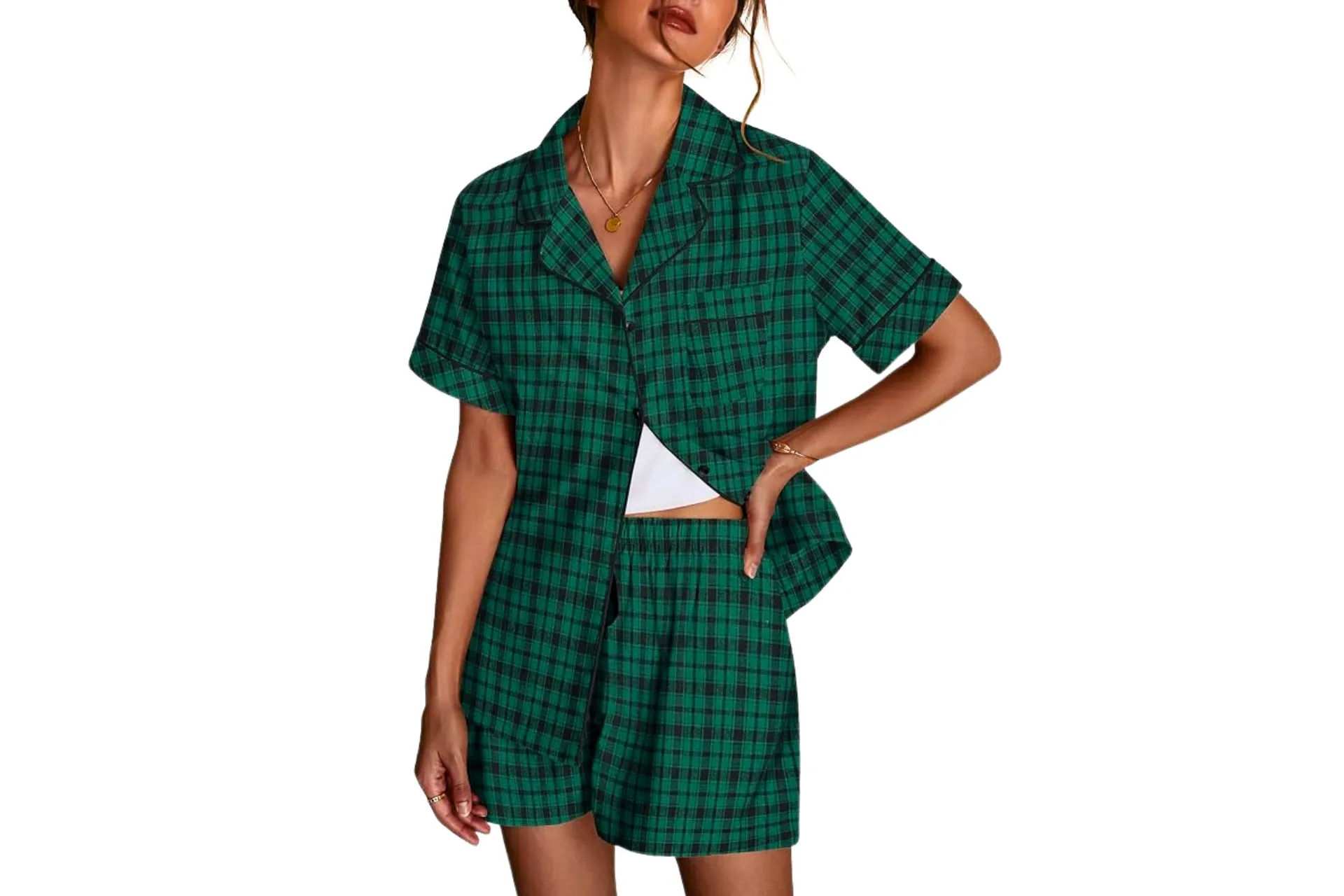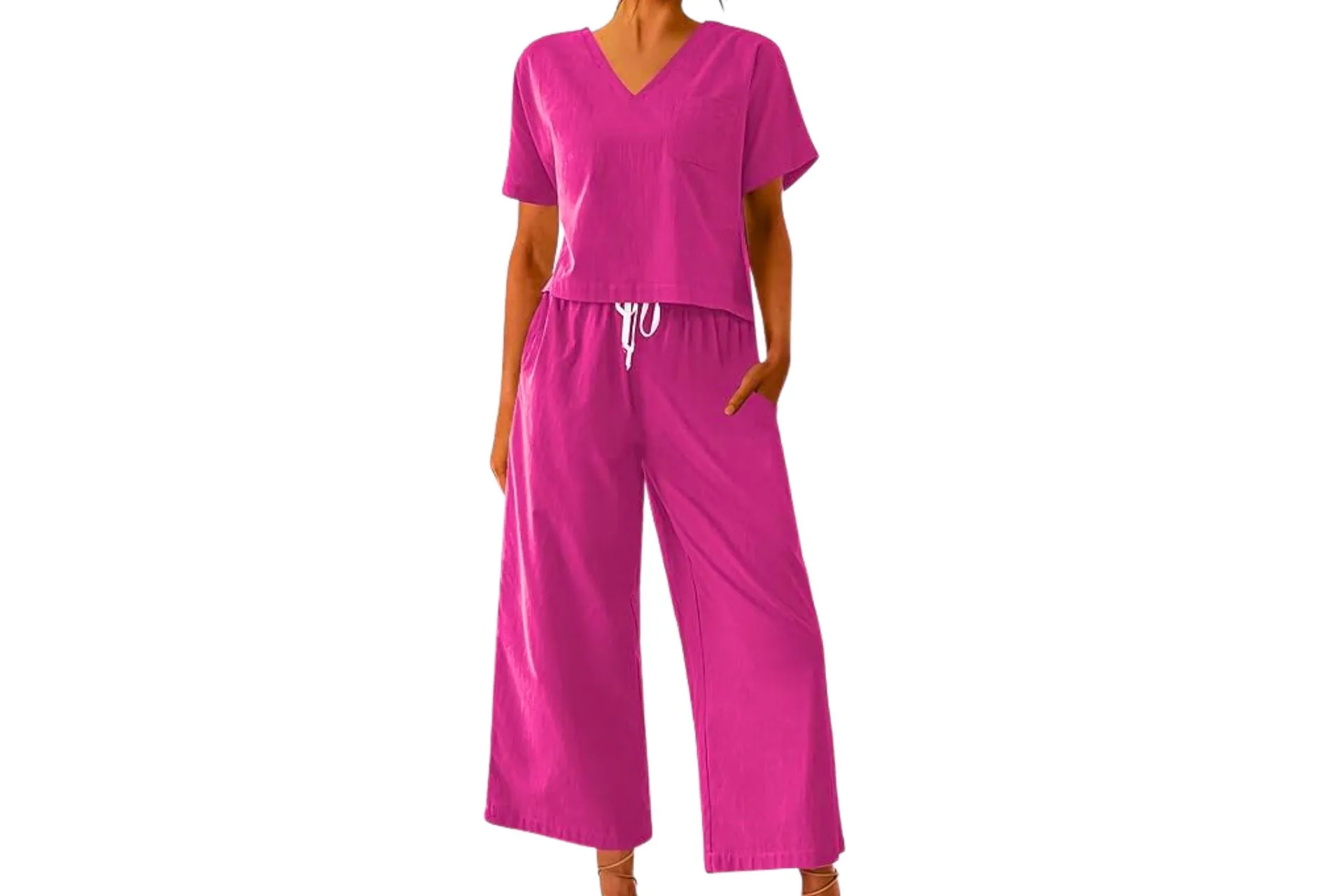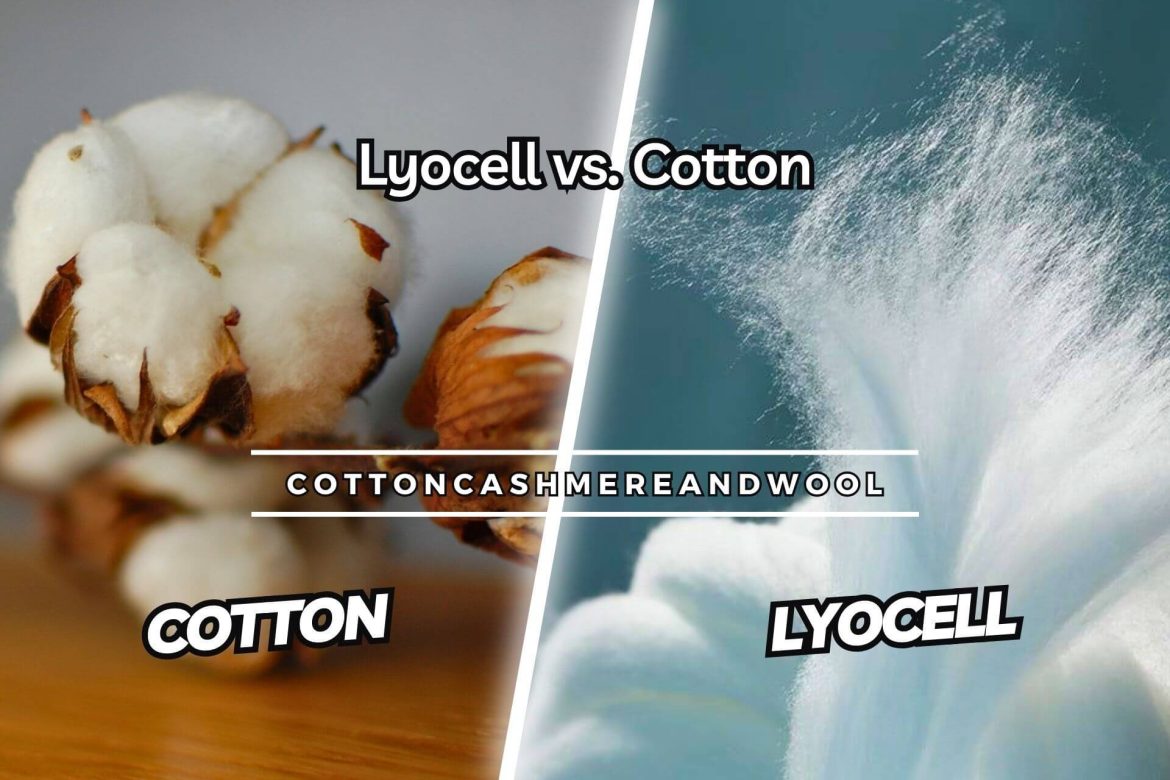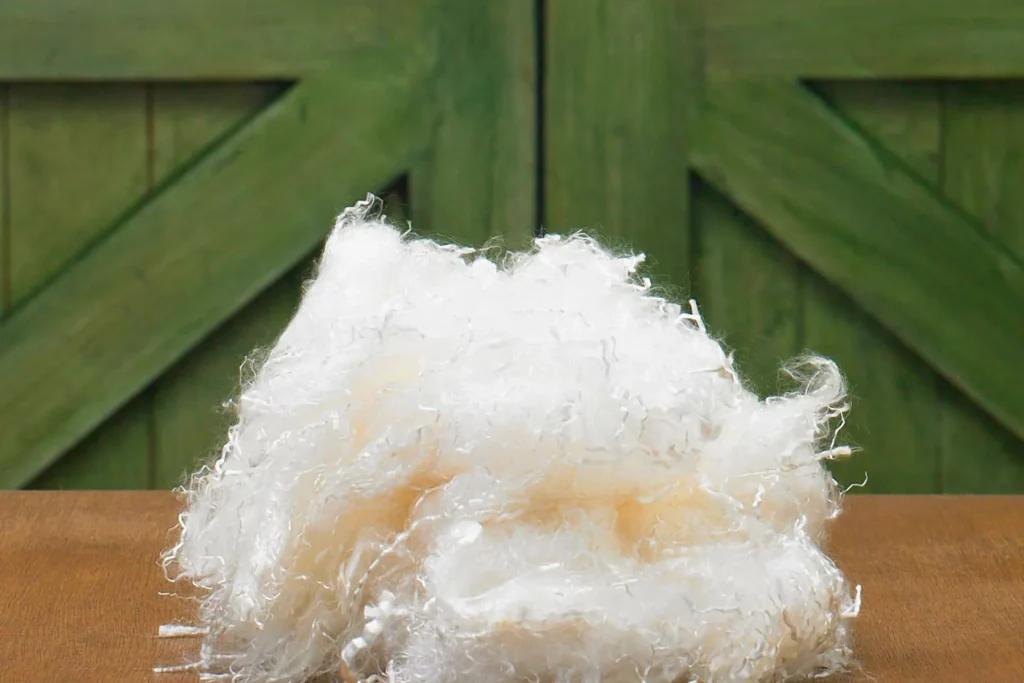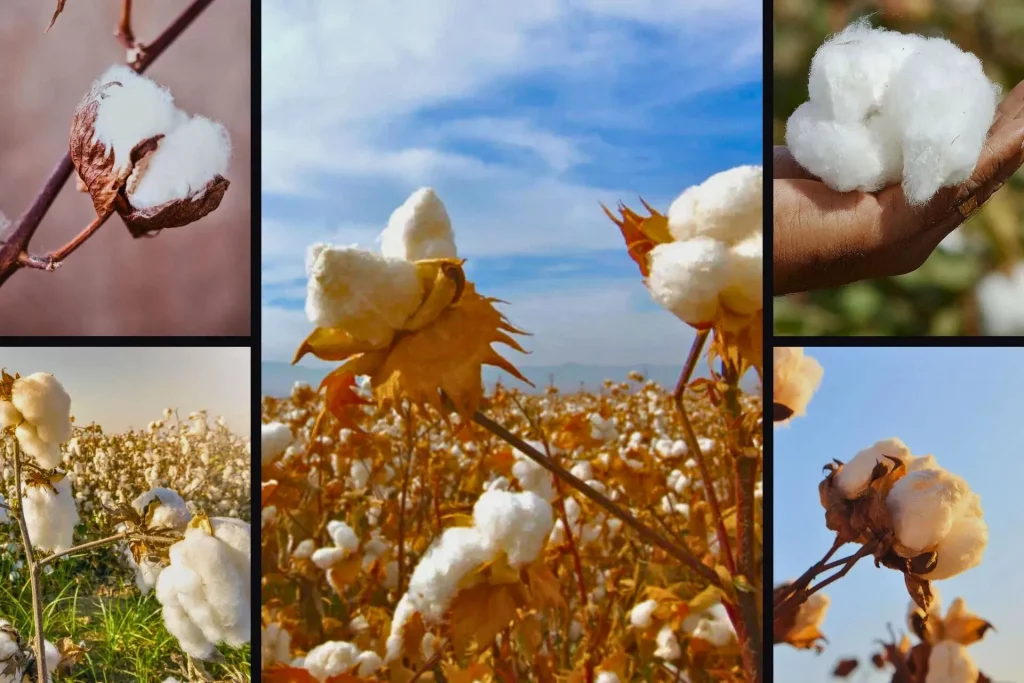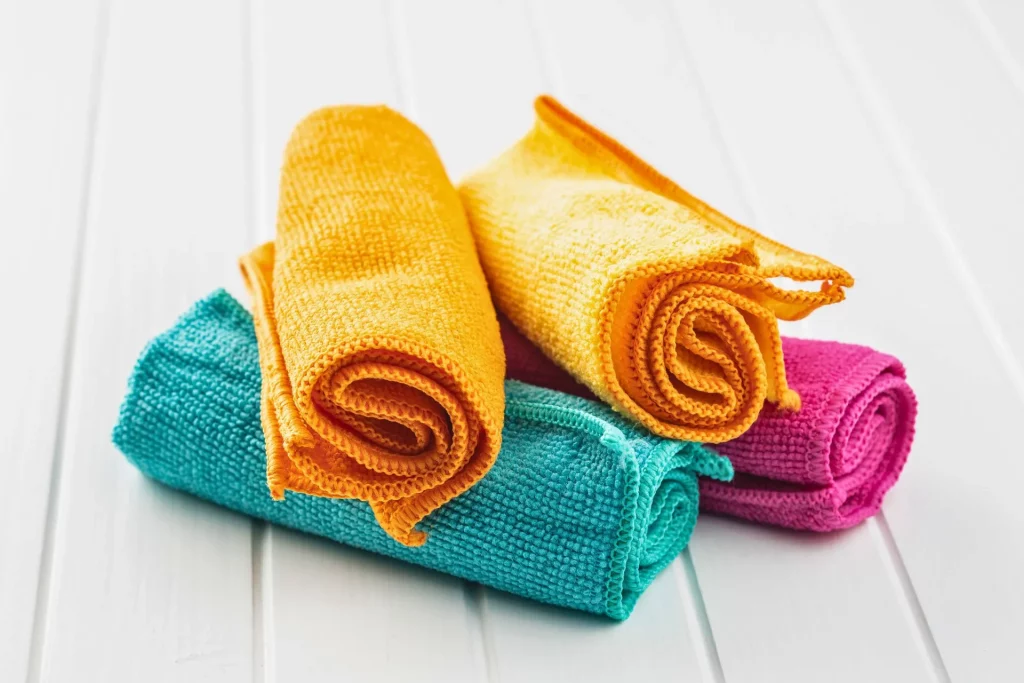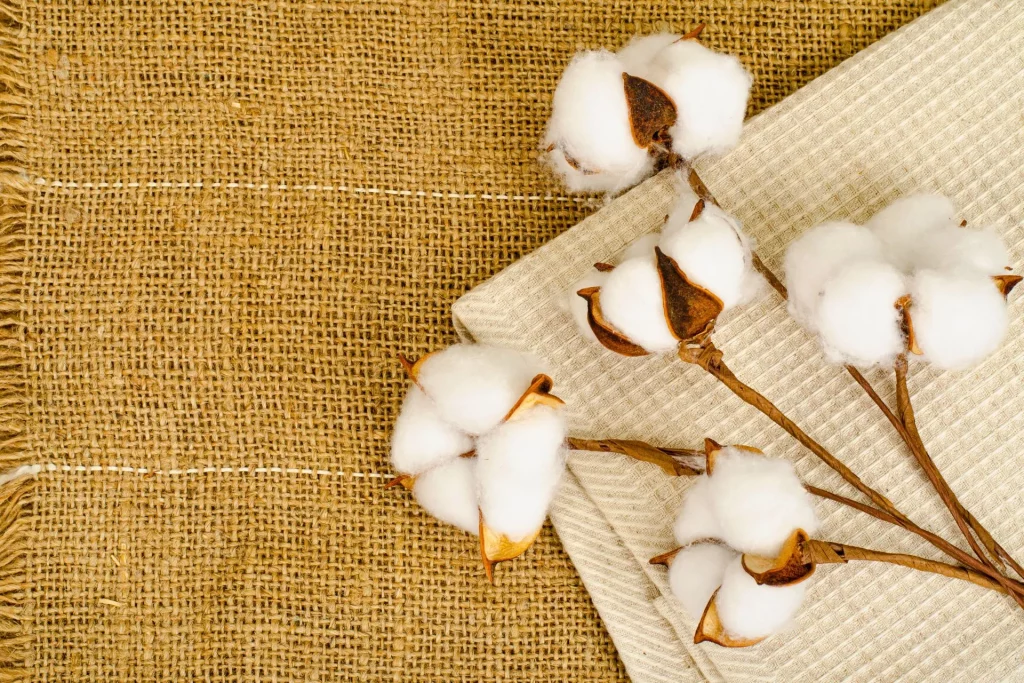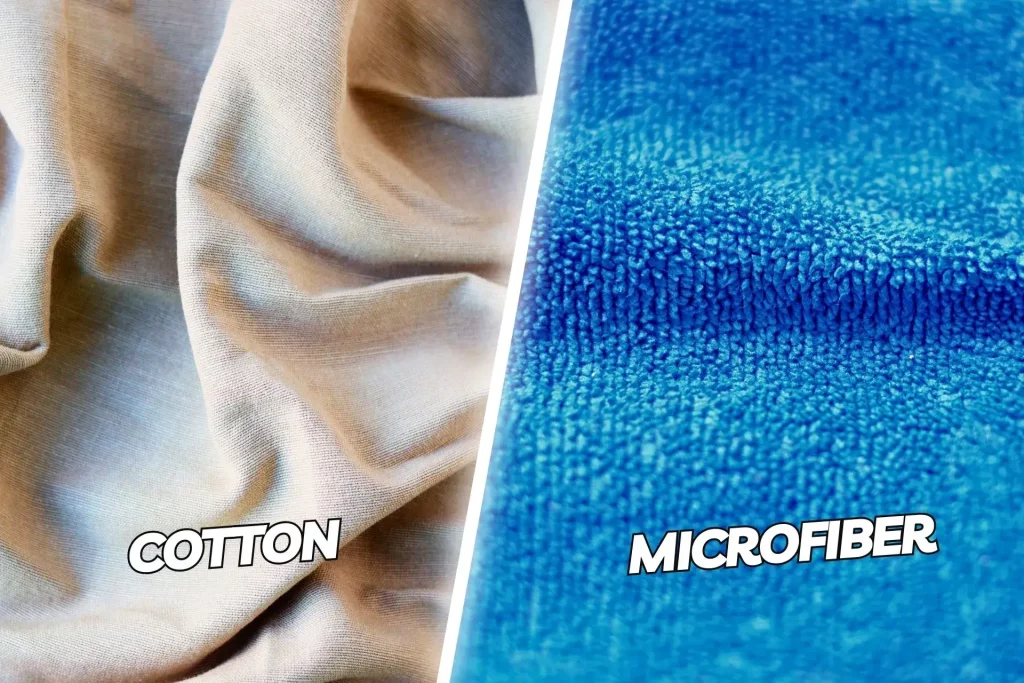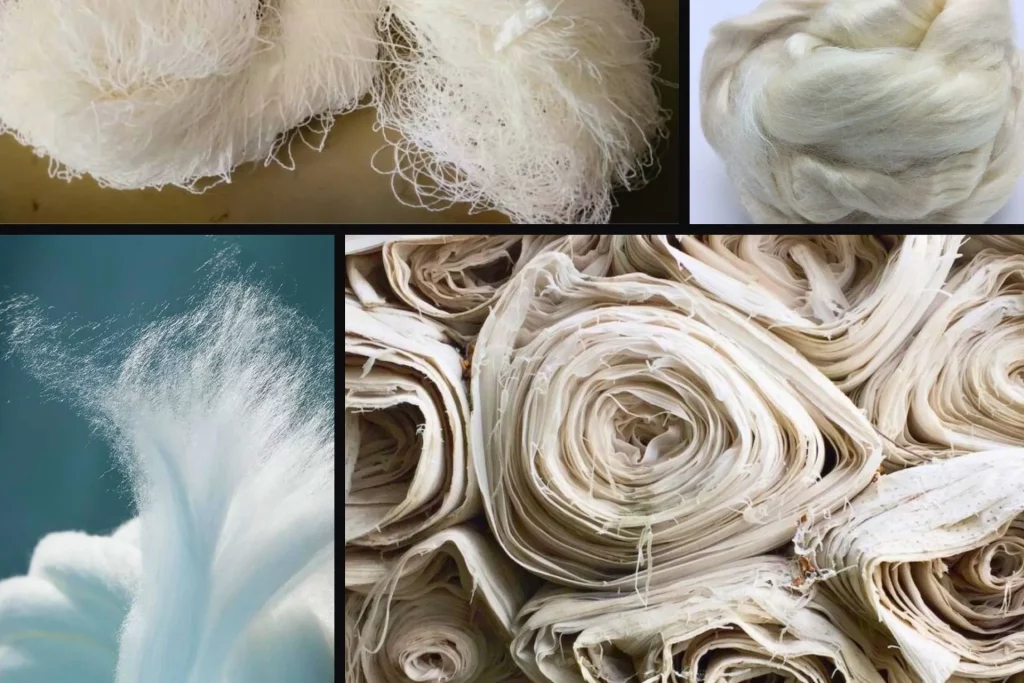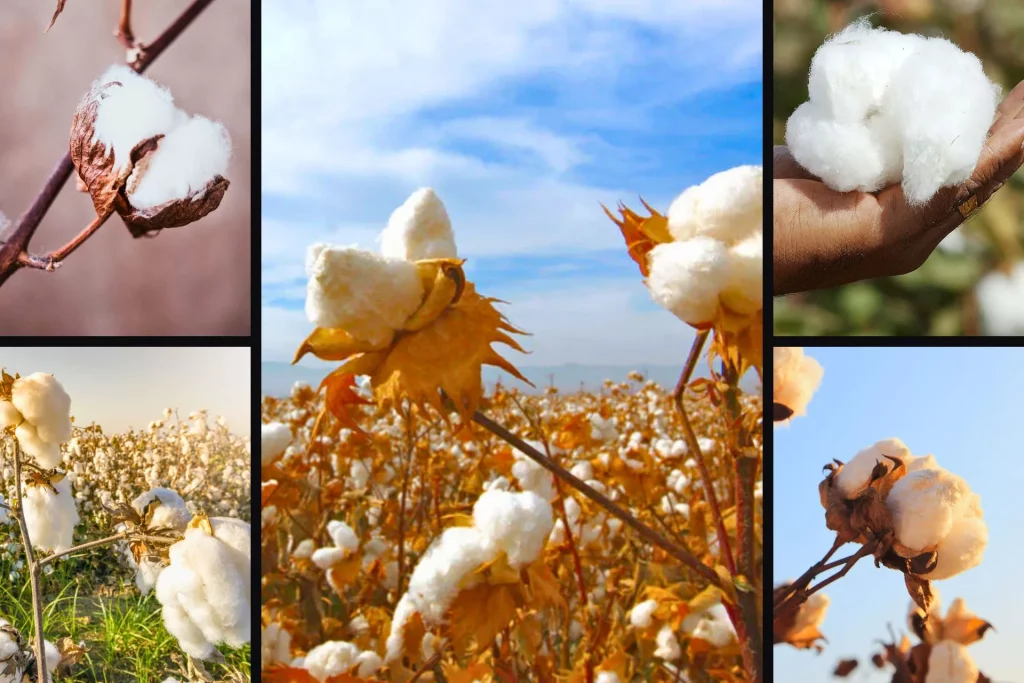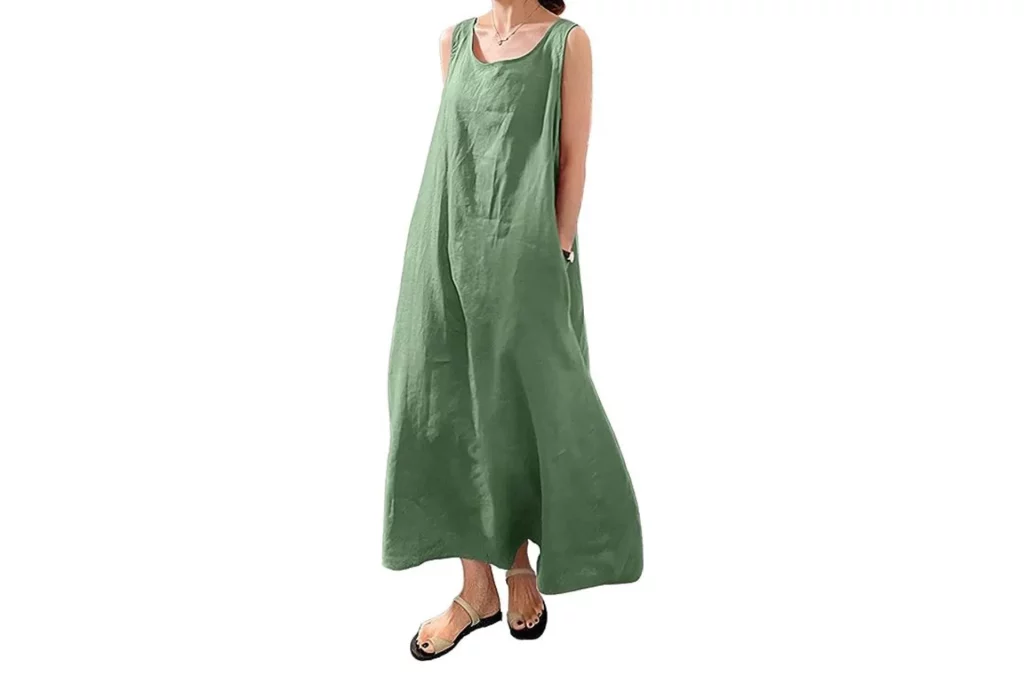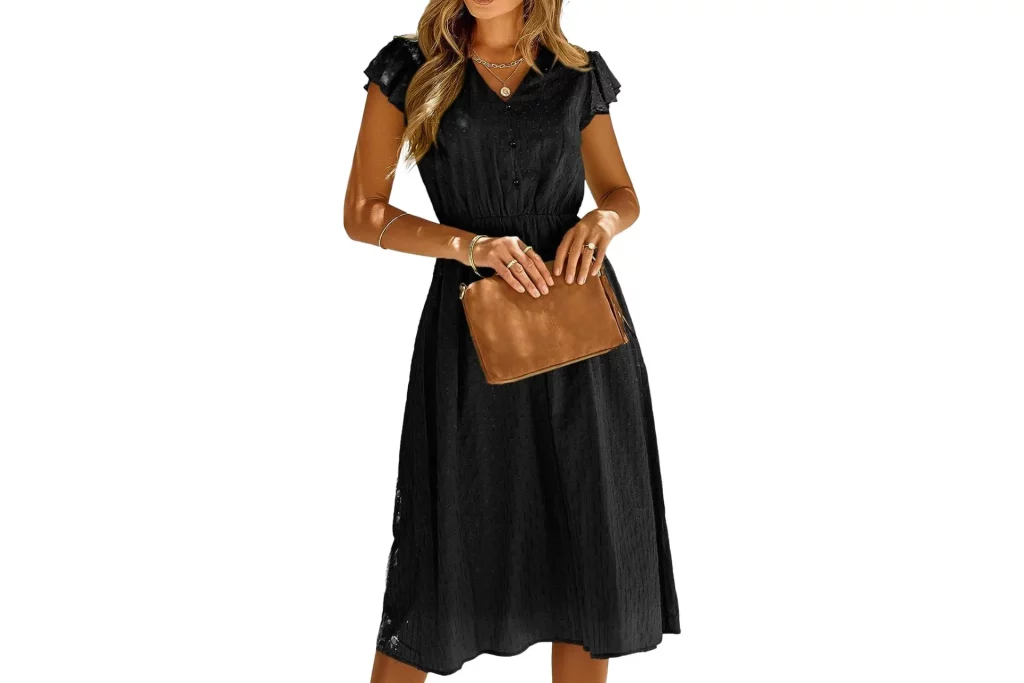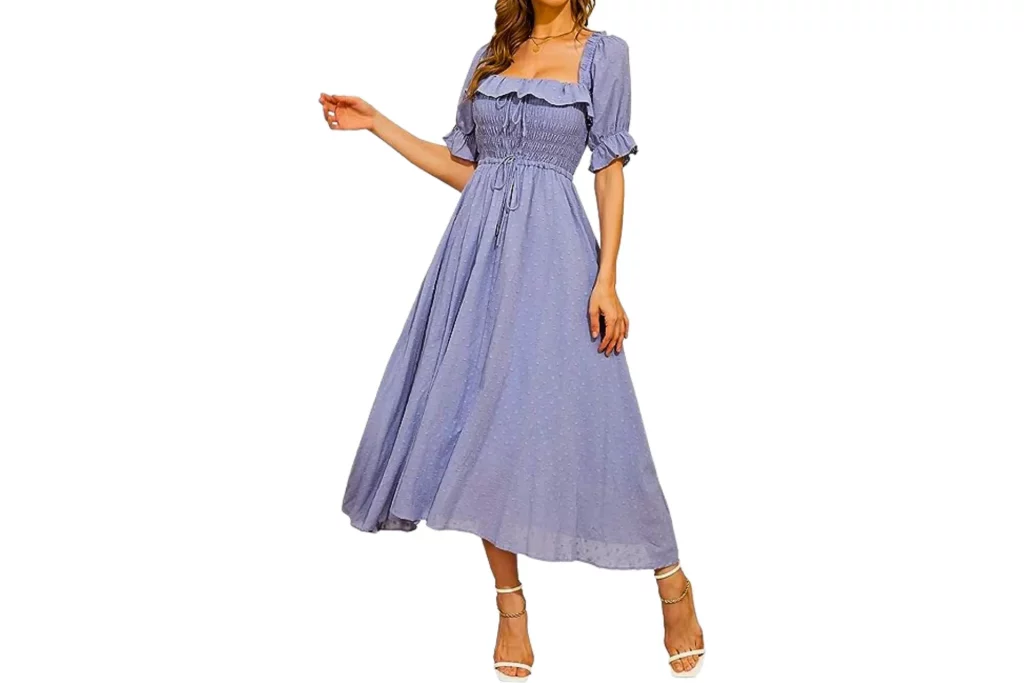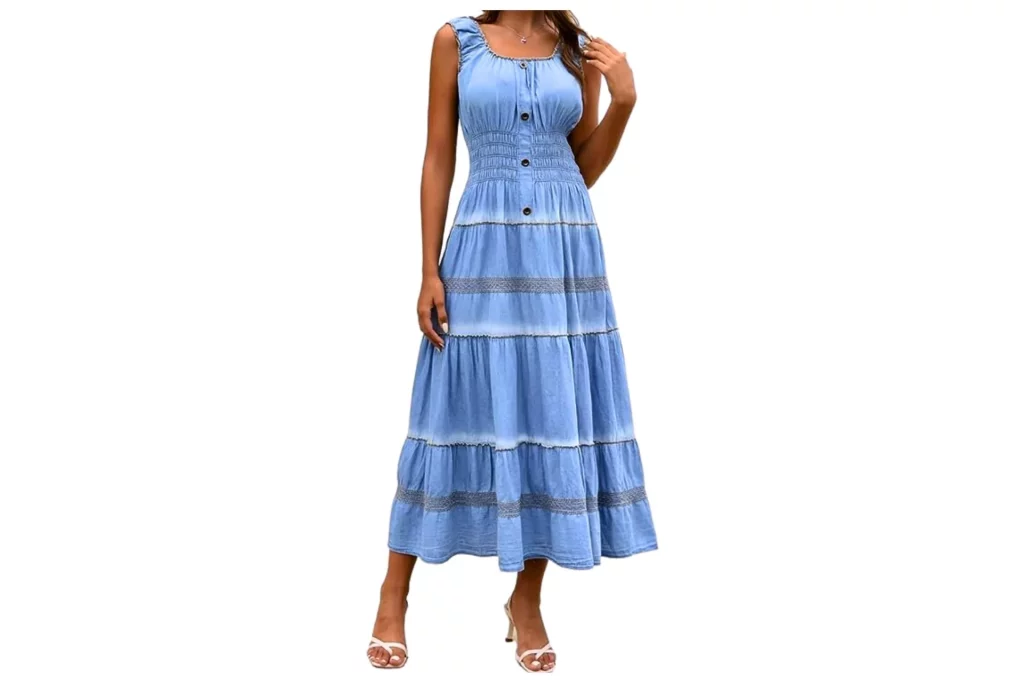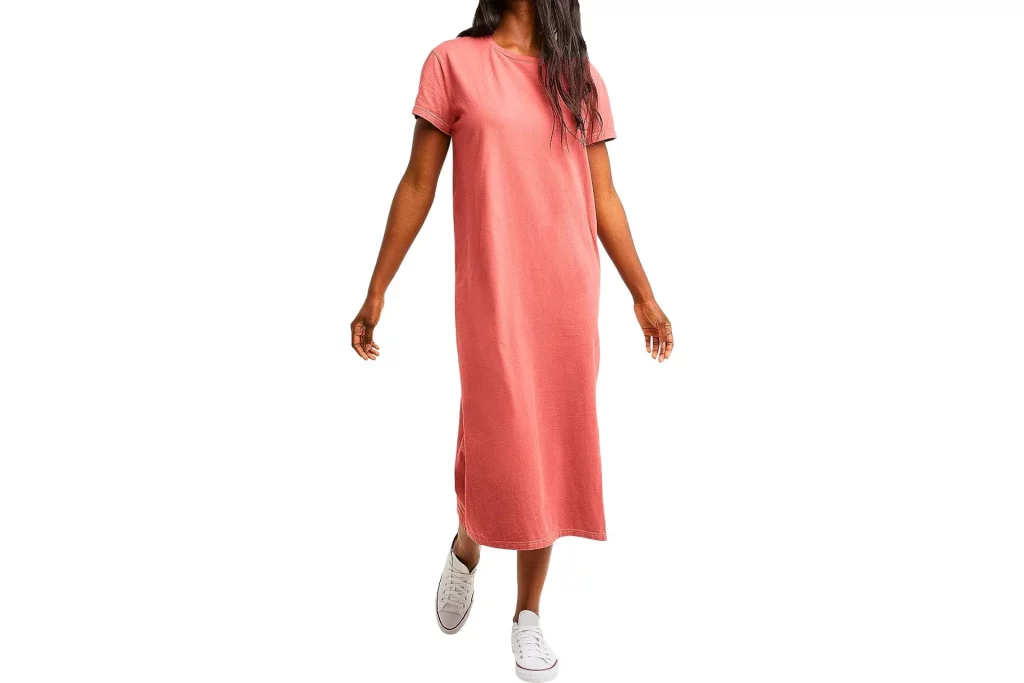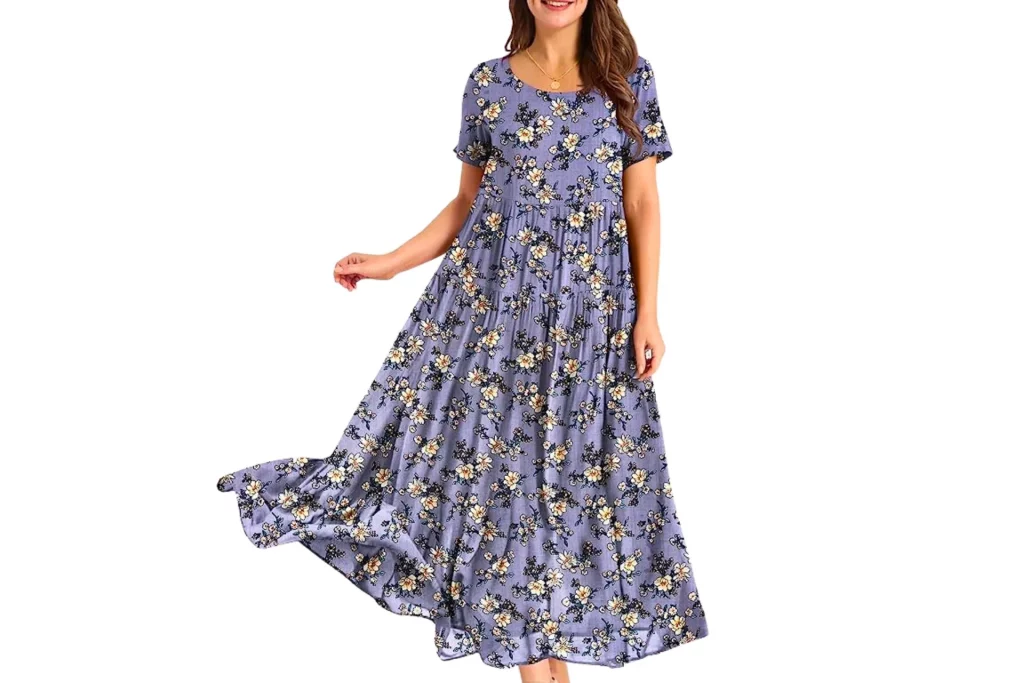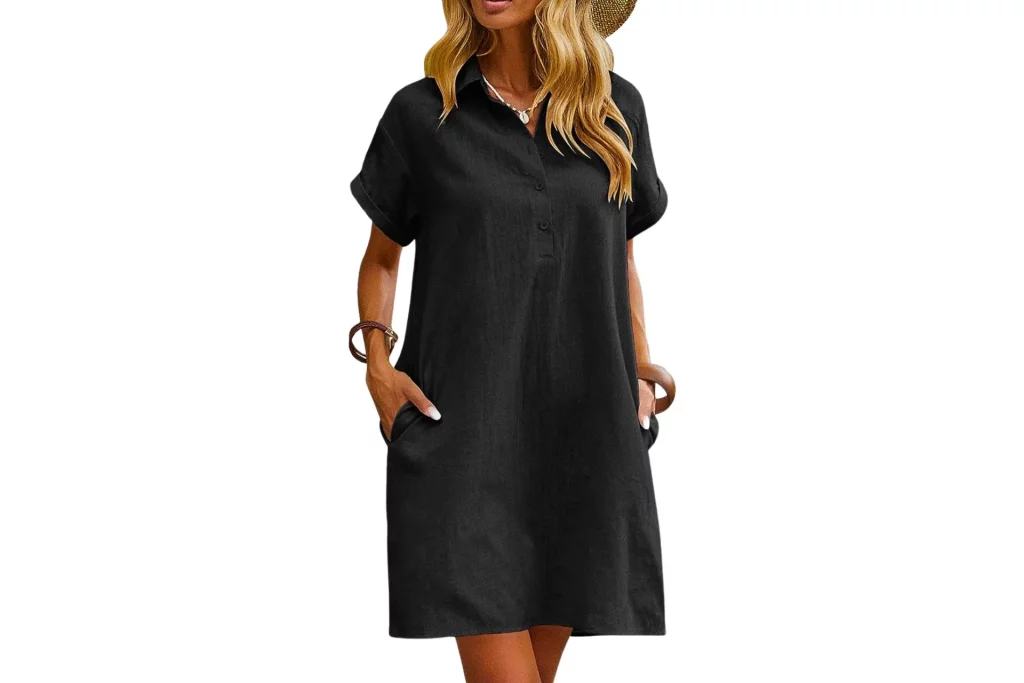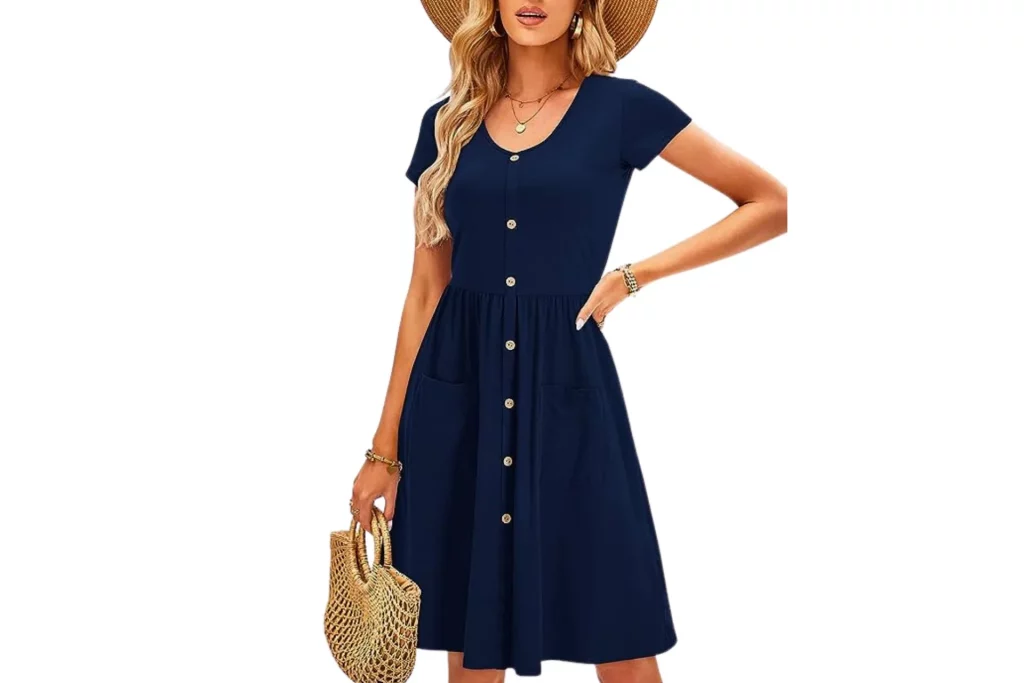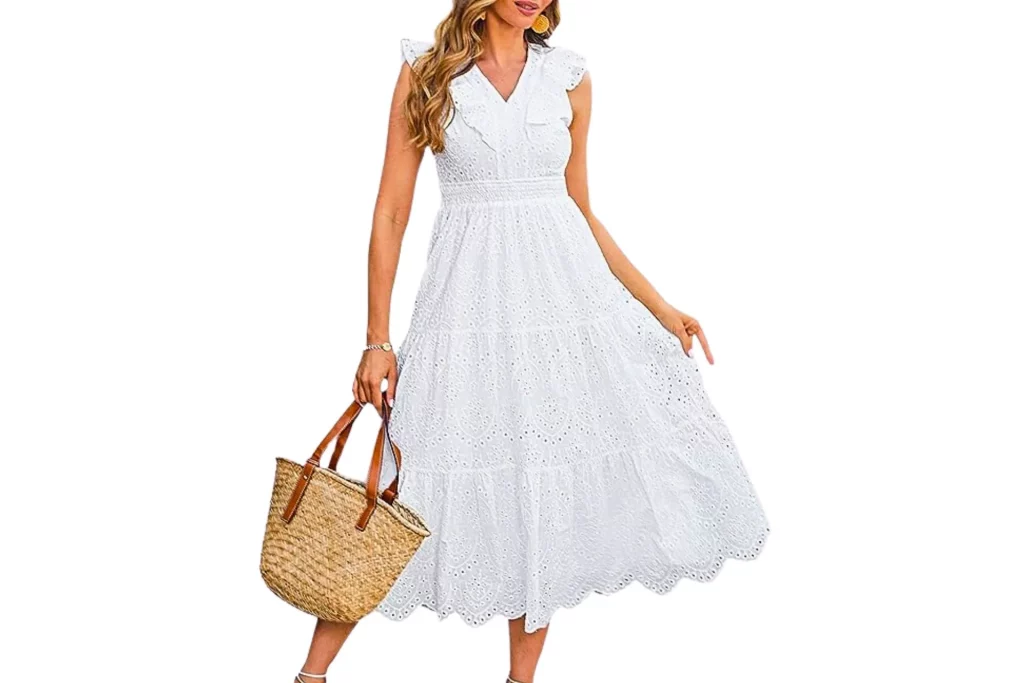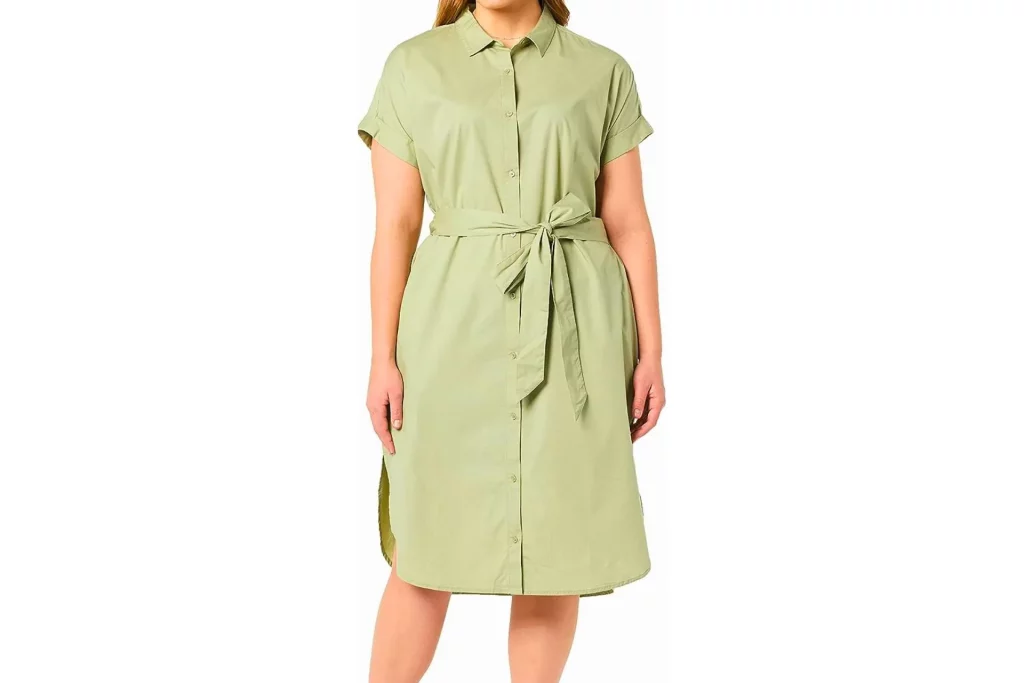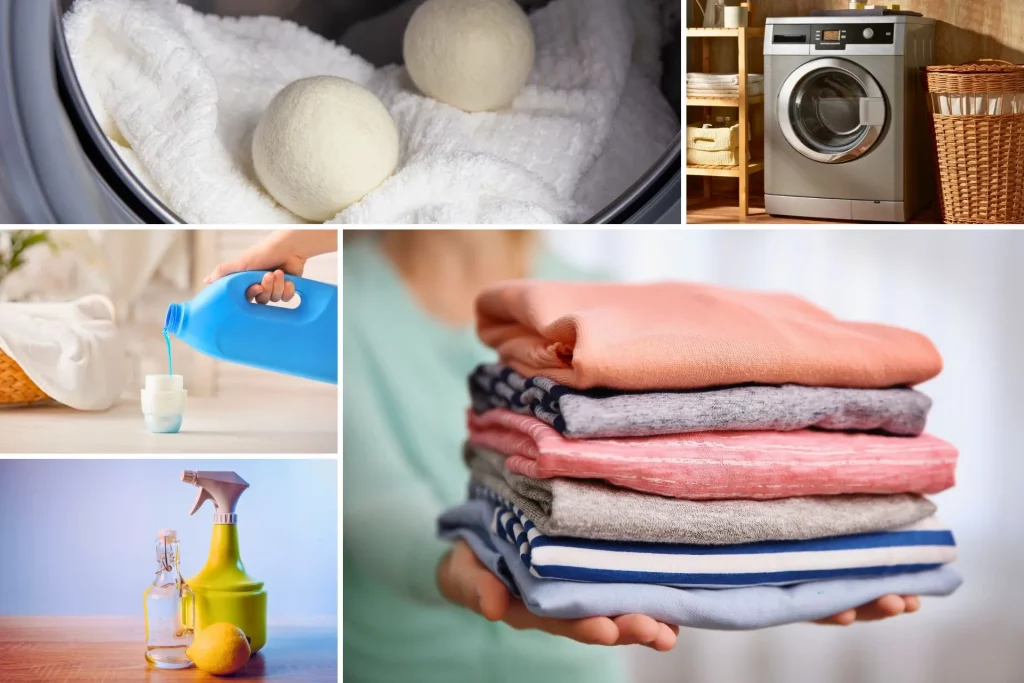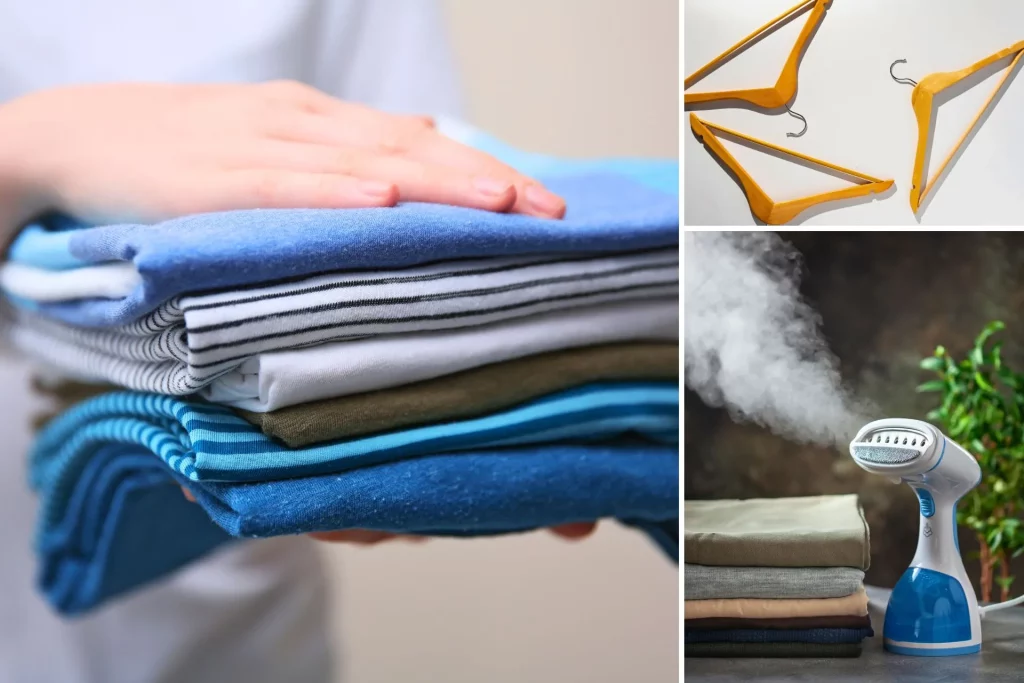The quest for the perfect slumber companion begins when the moon rises and bedtime beckons. In a world where every moment of sleep is precious, it is time to unravel the allure of the ‘Best Lightweight Cotton Nightgowns.’
These garments, steeped in history and now embraced by modern style, are not just clothing; they are an experience. Envision nightwear that effortlessly fuses elegance with comfort, gently soothing your skin as you journey into dreamland.
From cozy nights at home to chic escapades beyond your bedroom, cotton nightgowns are the unsung heroes of bedtime fashion. Let’s delve into the world of serene sleep and sophisticated style as we reveal the top picks in lightweight cotton nightgowns.
Top Picks: Best Lightweight Cotton Nightgowns
1. PNAEONG Women’s Cotton Nightgown Sleepwear:
Introducing the “PNAEONG Women’s Cotton Nightgown Sleepwear” – a blend of comfort and casual elegance that promises cozy nights and relaxed mornings. This sleep dress is designed for those who seek both style and comfort in their loungewear. Crafted from soft and breathable cotton, it’s perfect for a restful night’s sleep or casual lounging. The short-sleeve design and casual prints add a touch of playfulness to your bedtime or morning routine, making it a versatile choice for all-day comfort.
Sizes:
Available in various sizes, including Small, Medium, Large, X-Large, XX-Large, and 3X-Large, to cater to different body types and preferences. For precise measurements and a comfortable fit, please refer to the sizing chart.
Colors:
Available in 40 colors, like:
- Blue star
- Beach
- Cloud moon
- Coffee
- Pink Print
Pros:
- Soft and breathable cotton fabric ensures comfort.
- The short-sleeve design provides ease of movement.
- Casual prints add a fun and stylish element.
- Versatile for sleepwear or lounging.
Cons:
- Prints may vary and easily fade after some washes.
2. Lanz of Salzburg Women’s Long Sleeve Flannel Nightgown:
It is a delightful blend of comfort and timeless style. This flannel nightgown is crafted with precision and care, offering you the perfect garment for cozy nights by the fireside or peaceful slumbers. With its open-neck design and long sleeves, it provides warmth and coverage, making it ideal for chilly evenings. The classic, charming design reflects the renowned Lanz of Salzburg quality, known for creating nightwear that stands the test of time.
Sizes:
The nightgown is available in various sizes, ranging from Small to XX-Large, to accommodate a variety of body types. Please refer to the sizing chart for precise measurements and a comfortable fit.
Colors:
- White Plaid
- Grey Plaid
- Black/red buffalo
- Blueprint
- Blue ground heart
- Grey Nordic Tyroleans
- Blue multi Tyroleans
- Classic red Tyroleans
- Classic green Tyroleans
Pros:
- Premium quality flannel fabric ensures warmth and comfort.
- Long sleeves provide extra coziness on cooler nights.
- Open neck design adds a touch of elegance.
- Durable construction for long-lasting wear.
- Suitable for both lounging and sleeping.
Cons:
- It may be less suitable for warm weather due to its flannel material.
3. Felina Organic Cotton Stretch Racerback Chemise:
Discover the comfort and eco-conscious elegance of the “Felina Organic Cotton Stretch Racerback Chemise.” This chemise was produced with sustainability in mind and is kind to both your skin and the environment thanks to its use of organic cotton and natural vegetable dyes. Its racerback design adds a sporty yet feminine touch, making it suitable for lounging or sleepwear. The stretchy organic cotton fabric ensures a comfortable fit that moves with you, allowing for ease of movement during your most relaxed moments.
Sizes:
Available in a range of sizes, including Small, Medium, Large, and X-Large. Please refer to the provided size chart to select the perfect fit for your body type and preferences.
Colors:
- Thyme
- Sky
- Cloud
- Pebble
- Slate
Pros:
- Made from organic cotton for a sustainable and eco-friendly choice.
- Vegetable dye ensures a gentle and chemical-free coloring process.
- The racerback design combines comfort with a stylish edge.
- Stretchy fabric provides flexibility and comfort.
- Ideal for both lounging and sleeping.
Cons:
- Limited color options due to the use of natural vegetable dyes.
4. Key Ocean Nightgowns for Women:
Crafted with meticulous attention to quality, these nightgowns offer an unmatched level of softness and comfort. Made from 100% cotton knit, they provide a breathable and soothing experience, ensuring a restful night’s sleep. With long sleeves and a classic design, these nightgowns are tailored for women who appreciate both comfort and timeless elegance, making them an ideal choice for mothers seeking a cozy bedtime routine.
Sizes:
Available in various sizes to accommodate different body types and preferences, ensuring a comfortable fit for all. For precise measurements and a comfortable fit, please refer to the sizing chart.
Colors:
18 colors available, like:
- Blue plaid
- Light Purple
- Royal blue
- Pink
Pros:
- Made from 100% cotton knit for ultimate softness and breathability.
- Long sleeves provide added warmth and comfort on cooler nights.
- The classic design exudes timeless elegance.
- Suitable for sleepwear and lounging.
- Thoughtfully designed for the comfort of mothers.
Cons:
- Some nightgowns may shrink.
5. Memory Baby Women’s Chemise Sleepwear:
It is a perfect blend of sensuality and comfort. This full slip nightgown, which was expertly made with attention to detail, combines soft jersey fabric and sensual lace embellishments for a delightful and comfortable night’s sleep or cozy nights. The delicate lace accents give your evening outfit a touch of fascination, making you appear refined and assured. Slip into this exquisite nightgown to experience the ultimate fusion of style and relaxation.
Sizes:
Available in a range of sizes, including Small, Medium, Large, X-Large, and XX-Large. Please consult the sizing chart to ensure a perfect fit that accentuates your natural beauty.
Colors:
A total of 13 colors are available, like:
- Black
- Red
- White
- Pink
- Dark green
Pros:
- Sensual lace accents create an alluring and sophisticated look.
- Soft jersey fabric offers the utmost comfort.
- Versatile for sleepwear or romantic occasions.
- Provides a flattering fit and ample freedom of movement.
Cons:
- It may require delicate care due to lace detailing.
6. Just Love Short Sleeve Nightgown Sleep Dress for Women:
It is the ideal fusion of design and coziness for a good night’s sleep. Crafted with attention to both fashion and relaxation, this nightgown offers the ideal combination of ease and elegance. Made from a soft and breathable fabric, it ensures comfort throughout the night. The short-sleeve design adds a touch of practicality, making it suitable for warm nights. Whether you’re winding down after a long day or preparing for a peaceful slumber, this sleep dress is designed to make your nights as enjoyable as possible.
Sizes:
Available in a range of sizes to cater to different body types and preferences, ensuring a comfortable fit for all. For precise measurements and a comfortable fit, please refer to the sizing chart.
Colors:
16 colors available, like:
- Black
- Blue
- Aqua
- Red
Pros:
- Soft and breathable fabric for all-night comfort.
- Short sleeves provide coolness on warm evenings.
- The versatile design was suitable for sleepwear and lounging.
Cons:
- After a few washes, you might notice a slight roughness in the fabric.
7. Dreams & Co. Women’s Plus Size Breezy Eyelet Short Nightgown:
The epitome of comfort and style for those seeking nighttime relaxation. Crafted with meticulous attention to detail, this nightgown offers a delightful combination of breathability and charm. It is ideal for warm nights or lounging because of the eyelet pattern, which gives a touch of elegance. Designed with plus-size women in mind, it offers a generous fit that allows for ease of movement and a restful night’s sleep.
Sizes:
Available in plus sizes, including 1X, 2X, 3X, and 4X, ensuring a comfortable and accommodating fit for a range of body types. Please refer to the size chart to select the perfect size for your preferences and comfort.
Colors:
- Peach cream
- Evening blue
- White
- Soft iris
- Aquamarine
Pros:
- Lightweight and breathable fabric for comfort during warm nights.
- Eyelet detailing adds a touch of sophistication and style.
- The plus-size design provides a comfortable and accommodating fit.
- Suitable for both sleepwear and lounging.
- Short length allows for ease of movement.
Cons:
- Limited color options.
- Sizing may vary, so it’s advisable to consult the size chart for an accurate fit.
8. HOTOUCH Women’s Cotton Nightgown Button Nightshirt:
Crafted with meticulous attention to detail, this nightshirt offers an elegant yet cozy option for a restful night’s sleep. Made from soft and breathable cotton, it ensures comfort throughout the night. The button-front design adds a touch of sophistication, while the lace detailing imparts a subtle feminine charm. With its sleeveless, wide-strap construction, it’s perfect for warm nights or lounging in style.
Sizes:
Available in a variety of sizes, ranging from Small (S) to Extra Large (XXL), ensuring a comfortable fit for diverse body types. For precise measurements and a comfortable fit, please refer to the sizing chart.
Colors:
12 colors available, like:
- White cherry
- Red berry
- Lavender
- Light Pink
- Light Blue
Pros:
- The button-front design adds a touch of sophistication.
- Delicate lace detailing imparts a subtle feminine touch.
- Sleeveless and wide straps offer freedom of movement.
Cons:
- Some dark colors may fade if you do not care about washing.
9. Singing Queen Women’s Cotton Nightgown Nightshirt:
Exquisitely designed, these nightshirts offer a perfect combination of relaxation and vintage charm. Crafted from soft, breathable cotton, they guarantee a cozy night’s sleep. This nightgown boasts a timeless Victorian-inspired design reminiscent of an era where style met comfort. Whether you’re looking for a restful night’s sleep or a lounging piece with a touch of class, this gown is designed to make your nights and mornings as comfortable and stylish as possible.
Sizes:
Available in various sizes to accommodate different body types and preferences, ensuring a comfortable fit for all. For precise measurements and a comfortable fit, please refer to the sizing chart.
Colors:
- Green
- Pink
- White
Pros:
- Made from premium cotton for exceptional breathability and softness against the skin.
- Victorian-inspired design adds a touch of timeless elegance.
- It is ideal for those who appreciate comfort and vintage charm.
- A versatile nightshirt is suitable for both sleepwear and lounging.
- Available in a variety of sizes to cater to different body types.
- It is a perfect choice for those seeking a blend of comfort and classic style.
Cons:
- There is not much available color.
- Not 100% cotton.
10. CHUNG Women’s Cotton Nightgowns:
Discover the “CHUNG Women’s Cotton Nightgowns” – the ultimate fusion of comfort and style in women’s sleepwear. Meticulously designed, these nightgowns offer a delightful blend of relaxation and fashion. Crafted from soft and breathable cotton, they guarantee a cozy and tranquil night’s sleep. With long sleeves and a vivid print design, these nighties are tailor-made for autumn and winter nights, ensuring warmth and comfort during colder seasons. Slip into one of these sleep shirts to experience the epitome of nighttime comfort and style.
Sizes:
Available in various sizes, accommodating different body types and preferences to ensure a comfortable fit for all. For precise measurements and a comfortable fit, please refer to the sizing chart.
Colors:
19 colors available, like:
- Autumn Leaves Print
- Pineapple
- Winter Snowflakes Print
Pros:
- Made from premium cotton, it ensures breathability and a plush feel against the skin.
- Long sleeves provide added warmth, making them perfect for cooler autumn and winter evenings.
- The vivid print design adds a touch of personality and charm.
- It is ideal for those seeking comfort and style during the colder seasons.
Cons:
- If you don’t care properly, it will last only a few washes.
11. Nanxson Women’s Short Sleeve Cotton Nightgown:
The Nanxson Women’s Cotton Nightgown is a delightful blend of timeless elegance and modern comfort. Crafted with meticulous attention to detail, this short-sleeve sleepwear piece draws inspiration from vintage Victorian nightshirts while offering the convenience of contemporary loungewear. Made from premium quality cotton, it boasts a soft and breathable fabric that’s perfect for a restful night’s sleep or relaxed evenings at home. The nightshirt features a relaxed fit and a classic design, exuding a touch of nostalgia and sophistication. Whether you’re sipping tea by the fire or settling in for a cozy bedtime story, this nightgown is sure to become your favorite choice for comfort and style.
Sizes:
Sizes Small, Medium, Large, X-large, and Xx-large are offered to suit a variety of body shapes and preferences. Please refer to the size guide for precise measurements and a comfortable fit.
Colors:
- White
- Light Blue
- Pink
- Navy
- Purple
- Yellow
Pros:
- Premium quality cotton ensures breathability and softness.
- Vintage-inspired design adds a touch of classic charm.
- Short sleeves provide ample freedom of movement.
Cons:
- It may not have as many modern features as some contemporary sleepwear options.
- Limited color options for those seeking more variety.
12. IZZY + TOBY Women’s Sleeveless Nightgowns:
Introducing the “IZZY + TOBY Women’s Sleeveless Nightgowns” – the epitome of comfort and style in women’s sleepwear. Crafted with meticulous attention to detail, these nightgowns offer a delightful blend of elegance and relaxation. Made from soft and breathable cotton, they guarantee a cozy night’s sleep. The sleeveless design provides freedom of movement, making them ideal for warm nights or lounging. Slip into these nightgowns to experience the perfect combination of nighttime comfort and effortless style.
Sizes:
Available in an array of sizes, designed to accommodate different body types and preferences, ensuring a comfortable fit for all. For precise measurements and a comfortable fit, please refer to the size guide.
Colors:
23 colors available, like:
- Pastel Pink
- Sky Blue
- Navy
- Blue
Pros:
- Crafted from high-quality, breathable cotton for luxurious comfort.
- The sleeveless design allows unrestricted movement, ensuring a restful sleep.
- Versatile nightgowns are suitable for both sleepwear and lounging.
- Feather-light for an undeniably cozy feel.
- Available in a variety of sizes to cater to diverse body types.
- They are stylish yet understated, making them an ideal addition to your sleepwear collection.
Cons:
- Limited design or print options
Benefits of Lightweight Cotton Nightgowns:
- Breathability and Comfort:
Lightweight cotton nightgowns are celebrated for their breathability and comfort. The natural cotton fabric promotes airflow, which keeps you dry and comfortable all night. This is crucial for people who frequently become heated while sleeping.
- Ideal for Hot Weather:
Light cotton nightgowns are a lifesaver if you reside in an area with hot, humid summers. They wick away moisture from your body and keep you feeling fresh and comfortable, even on the hottest nights.
- Softness and Gentle on the Skin:
Cotton is known for its softness, making it gentle on the skin. People who have sensitive skin or are prone to skin irritation will particularly benefit from this. Lightweight cotton nightgowns provide a soothing and irritation-free sleeping experience.
- Quality Sleep:
The combination of breathability and comfort provided by lightweight cotton nightgowns can contribute to a more restful and uninterrupted night’s sleep, promoting overall well-being.
- Durability:
Cotton is known for its durability, and lightweight cotton nightgowns are no exception. They can withstand regular washing and wear, ensuring they remain a staple in your sleepwear collection for a long time.
Factors to Consider When Choosing Lightweight Cotton Nightgowns:
When selecting the perfect lightweight cotton nightgown, several factors come into play to ensure a comfortable and satisfying choice. Here are some key factors to consider:
Fabric Quality and Thread Count:
When selecting a cotton nightgown, pay attention to the fabric quality and thread count. Higher thread counts generally indicate a softer and more durable fabric. Opting for well-made cotton ensures your nightgown will stand the test of time.
Design and Style Options:
Cotton nightgowns come in various designs and styles. Some are simple and classic, while others feature intricate detailing or patterns. When selecting a design that suits you, take into account your individual preferences and style.
Sizing and Fit:
Ensure that you choose the right size for a comfortable fit. Nightgowns that are too tight may restrict movement and impact comfort, while those that are too loose might lead to tangling during sleep.
Length:
Decide on your preferred nightgown length. They are available in various lengths, including short, knee-length, and full-length options.
Additional Features:
Some nightgowns may have additional features like lace detailing, adjustable straps, or pockets. Decide if these features are important to you.
Frequently Asked Questions:
What makes cotton nightgowns lightweight?
Cotton nightgowns are lightweight due to the use of airy and breathable cotton fabric that ensures comfort and ease of movement.
How do I clean and maintain my lightweight cotton nightgown?
Typically, machine wash them in cold water and use a gentle cycle. Avoid using harsh detergents or bleach, and tumble dry on low or air dry to ensure longevity and softness.
What distinguishes sleeping in a long cotton t-shirt from a nightgown?
Nightgowns are purpose-designed sleepwear offering various styles, lengths, and feminine touches, while long cotton t-shirts, though comfortable, may lack these design features and versatility.
What advantages come with wearing cotton nightgowns for bedtime?
Cotton nightgowns offer breathability, comfort, and a soft feel against the skin, promoting a restful night’s sleep with their natural, moisture-wicking properties.
Are cotton nightgowns suitable for individuals of all ages, including older people?
Yes, cotton nightgowns are suitable for people of all age groups, providing comfort and ease for a peaceful night’s sleep or lounging, making them an excellent choice for older people as well.
Final Thought:
The world of the “Best Lightweight Cotton Nightgowns” opens the door to a realm of comfort, style, and peaceful slumber. These nightgowns offer a trifecta of benefits, including breathability, ideal suitability for hot weather, and a gentle caress on the skin.
Nevertheless, when selecting your perfect nightgown, it’s crucial to ponder factors like fabric quality, design preferences, and sizing to ensure a snug fit. As we explore the top picks in this category, it becomes evident that lightweight cotton nightgowns epitomize the perfect blend of comfort, style, and ease.
So, these nightgowns are your go-to choice, whether it’s cozy nights at home, encouraging healthier sleep patterns, or simply embracing a touch of nighttime glamour. Ultimately, prioritize comfort and quality when choosing sleepwear, as these nightgowns are your ticket to a soothing and stylish night’s rest.


